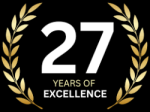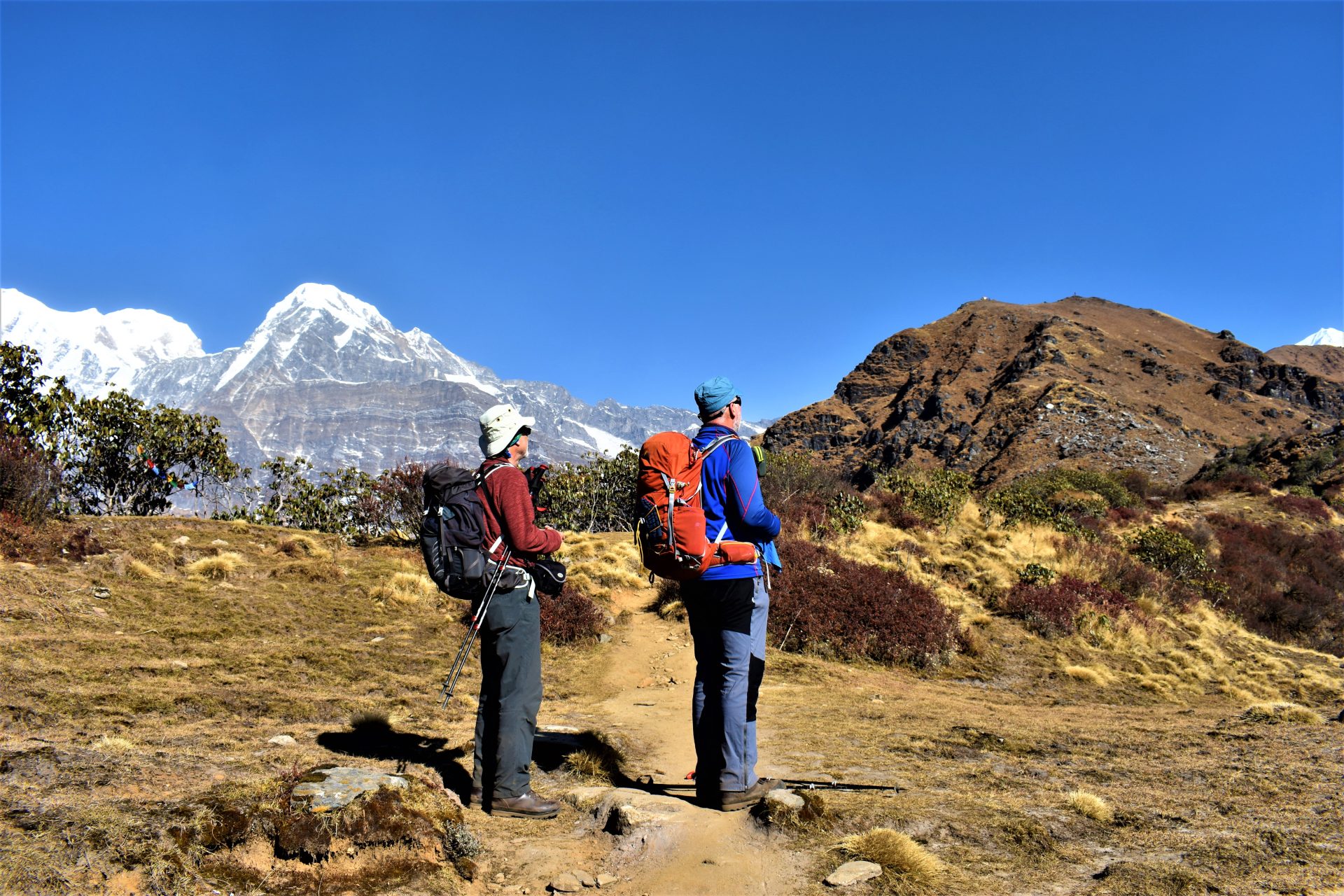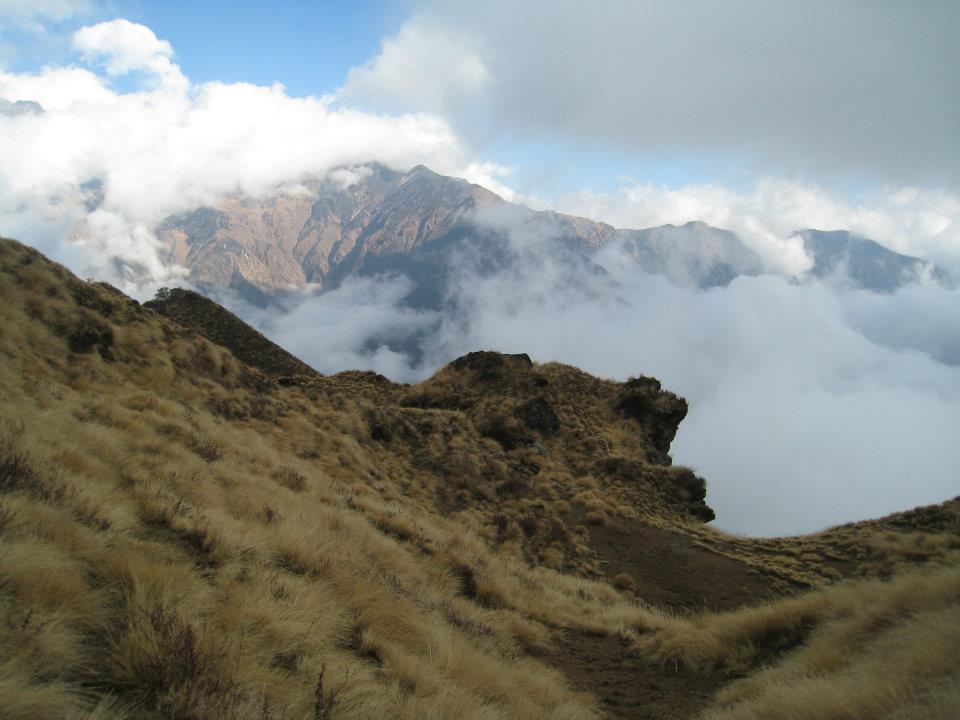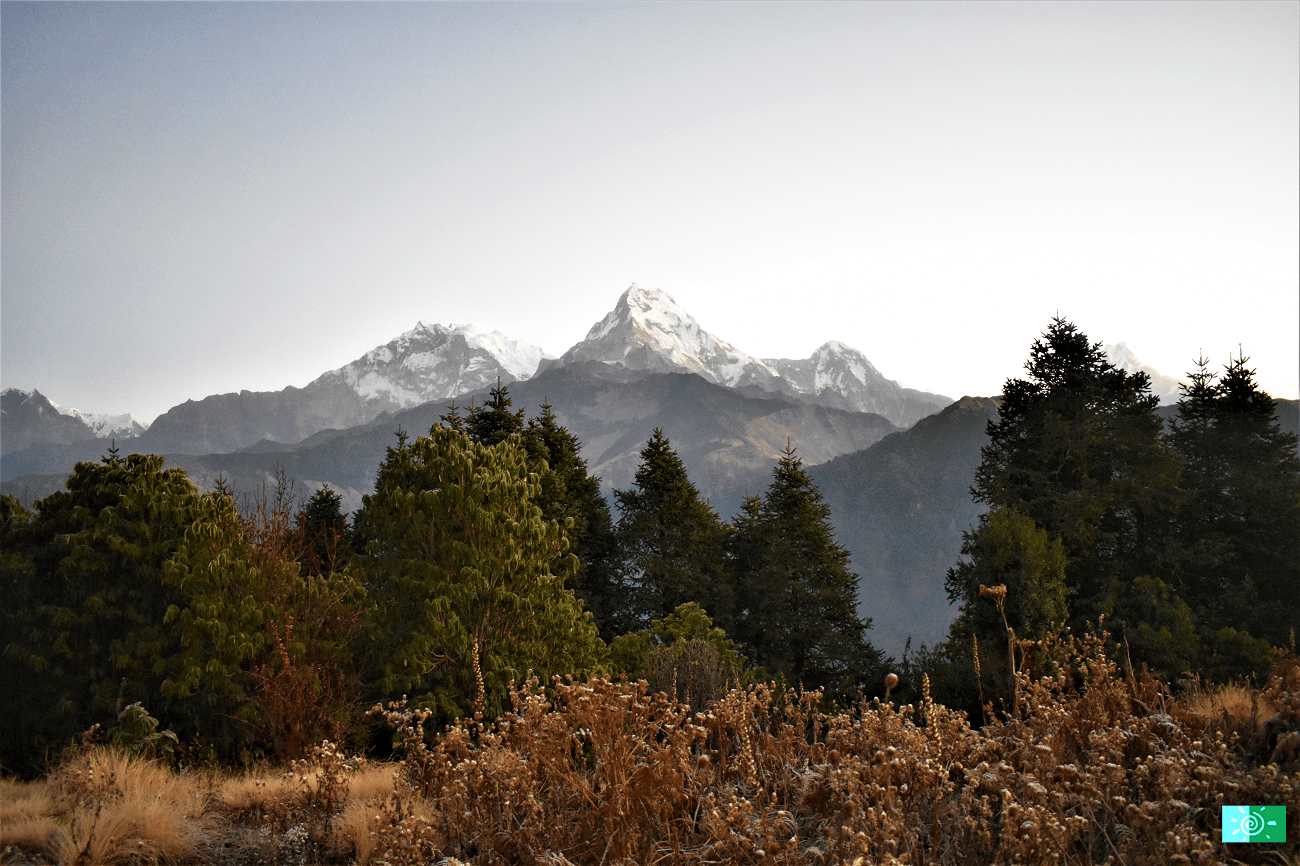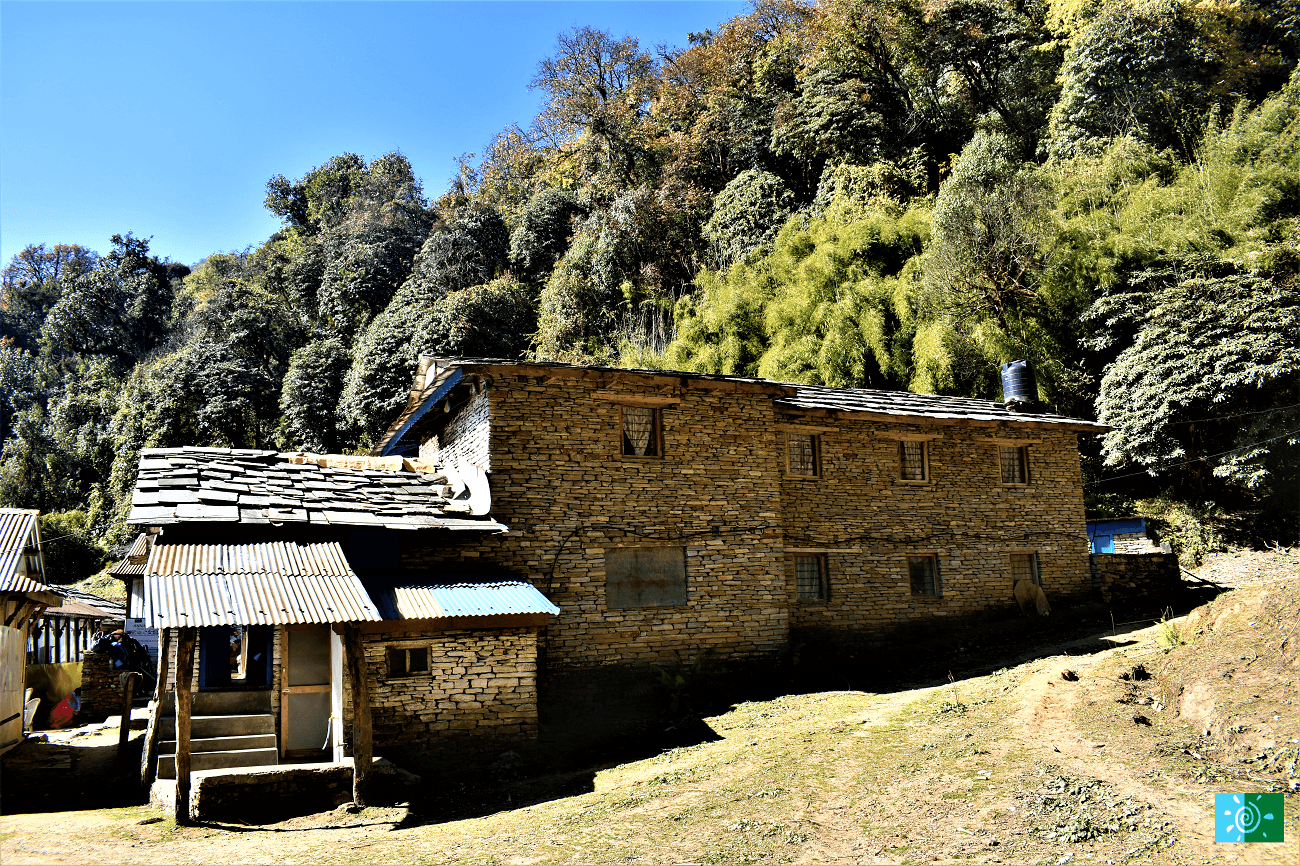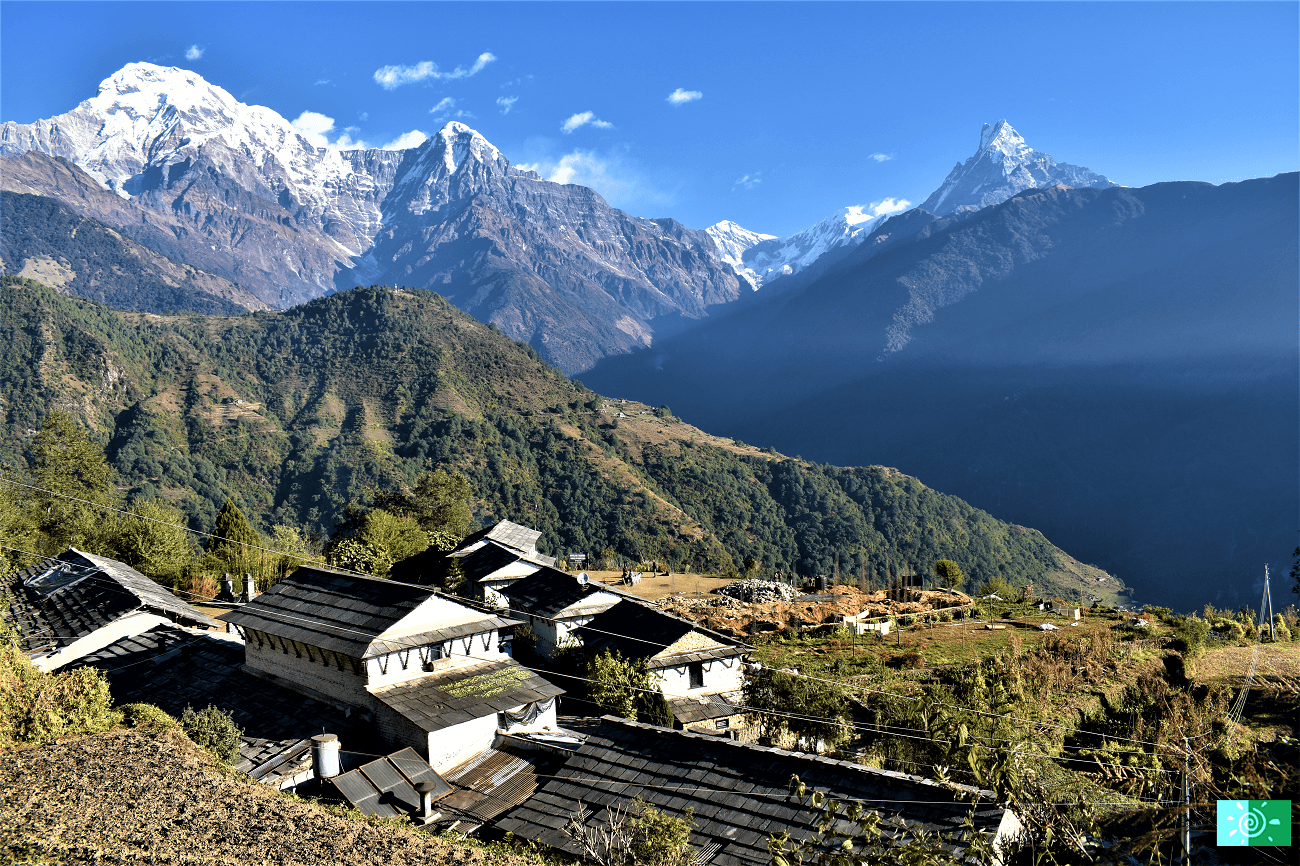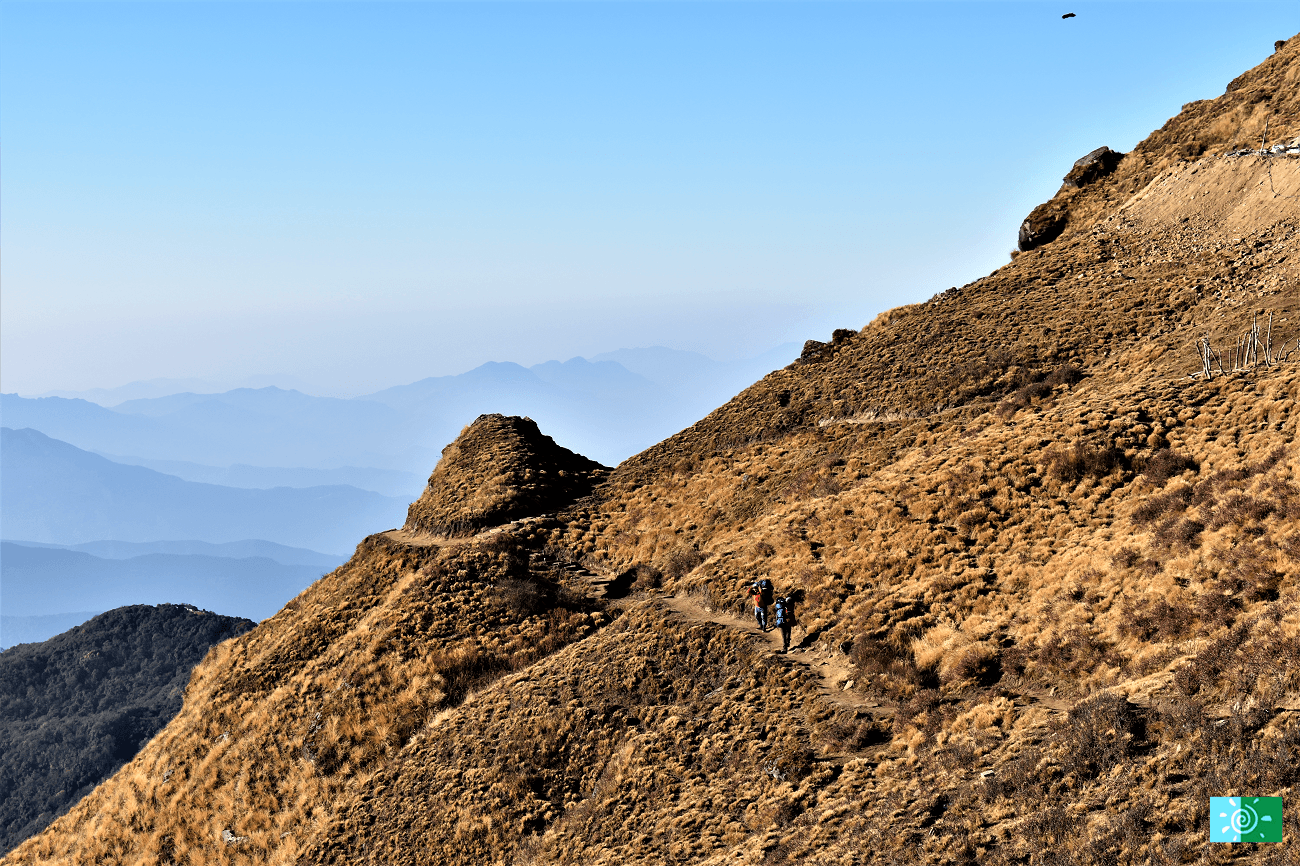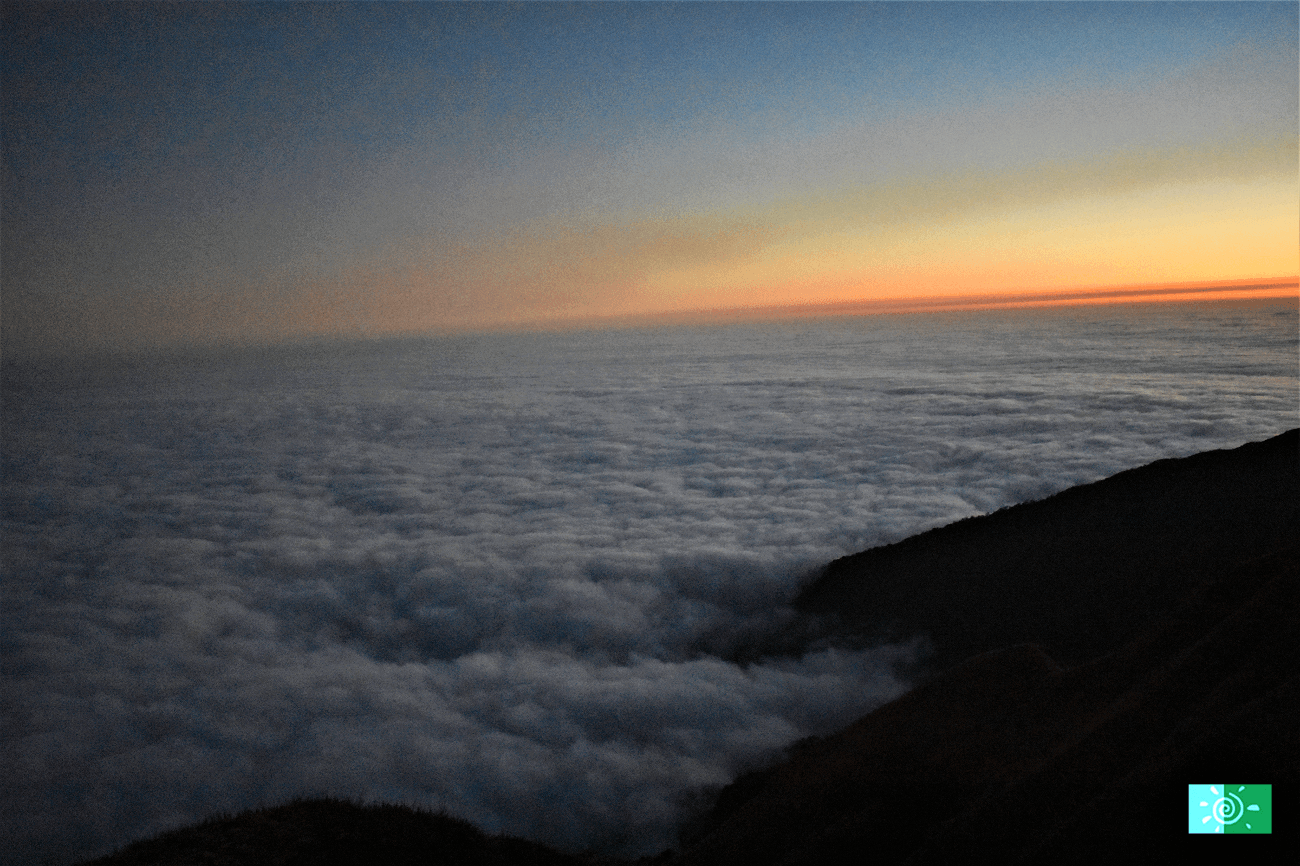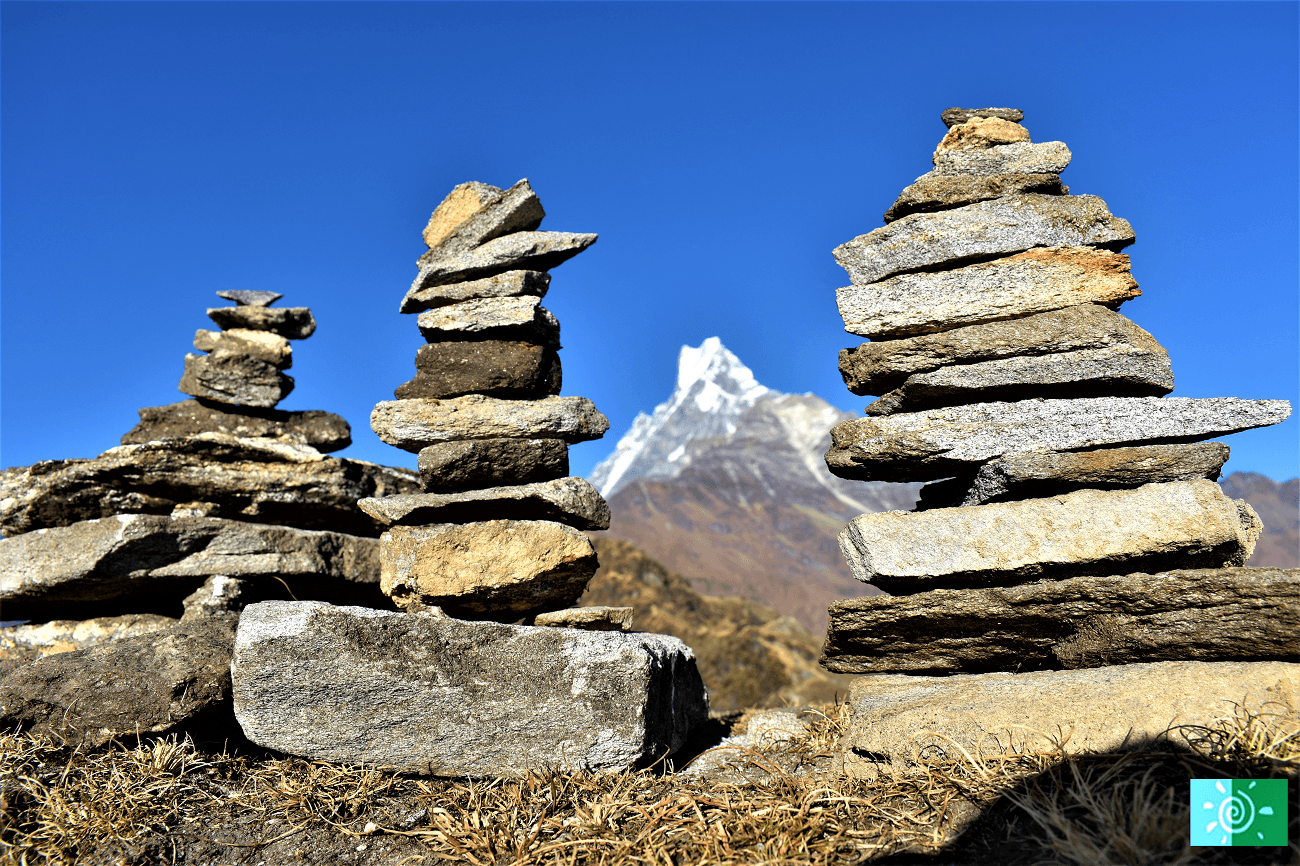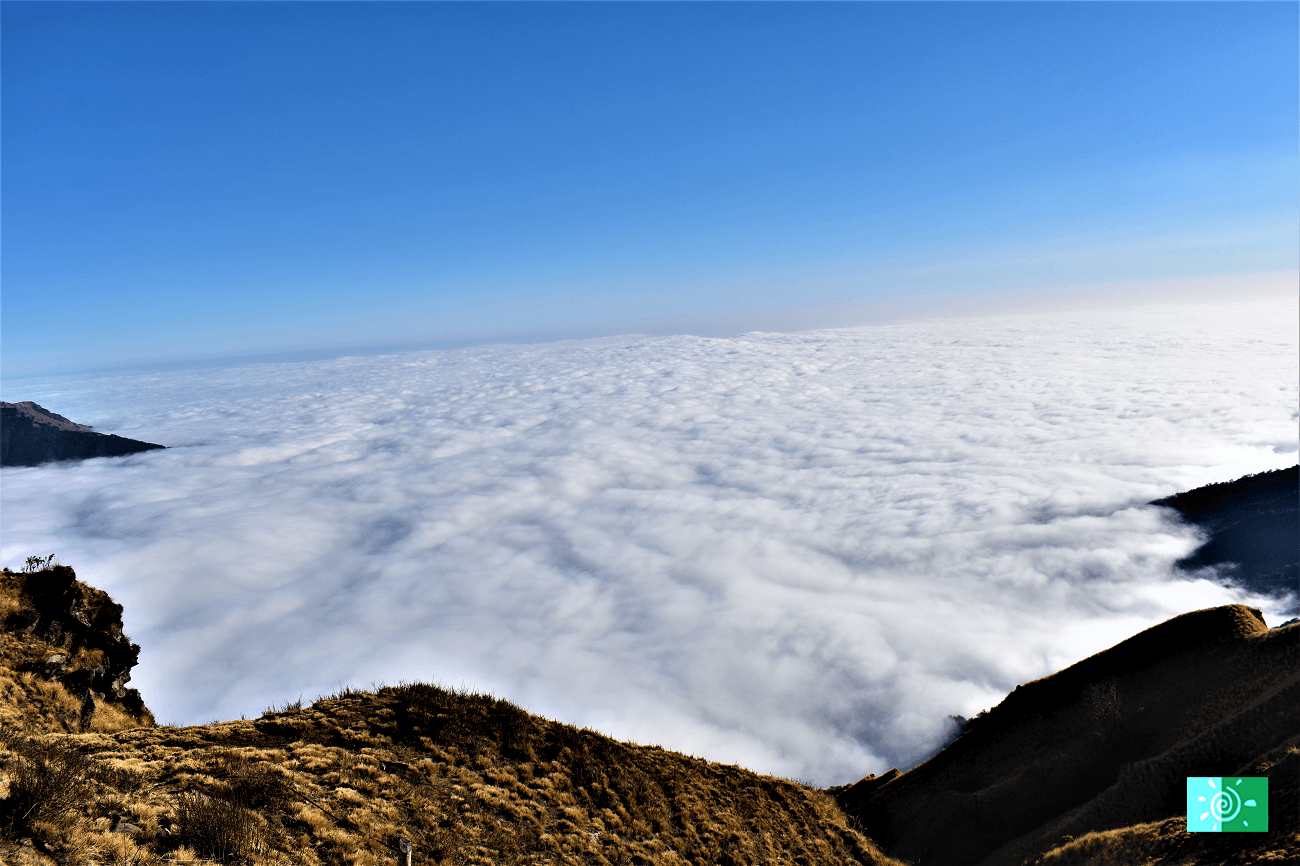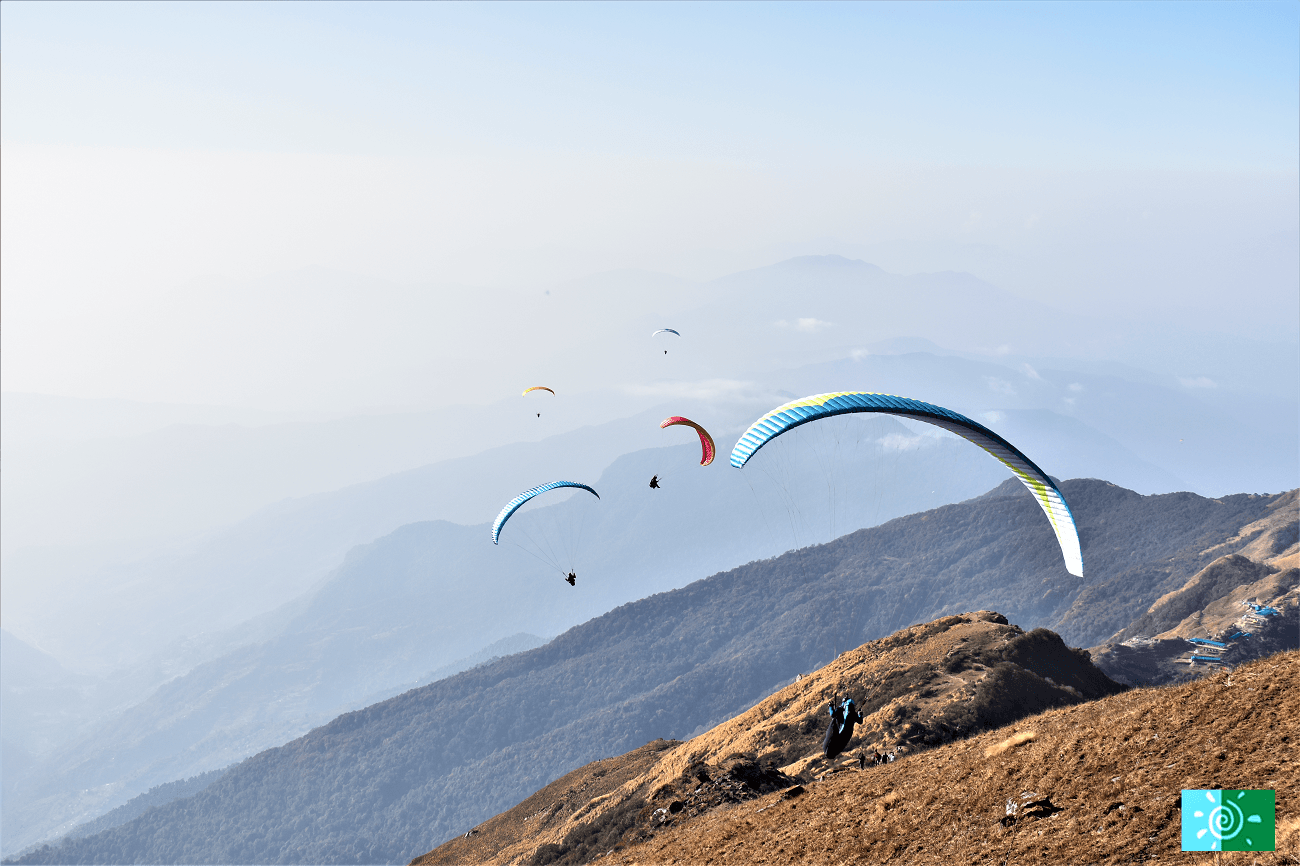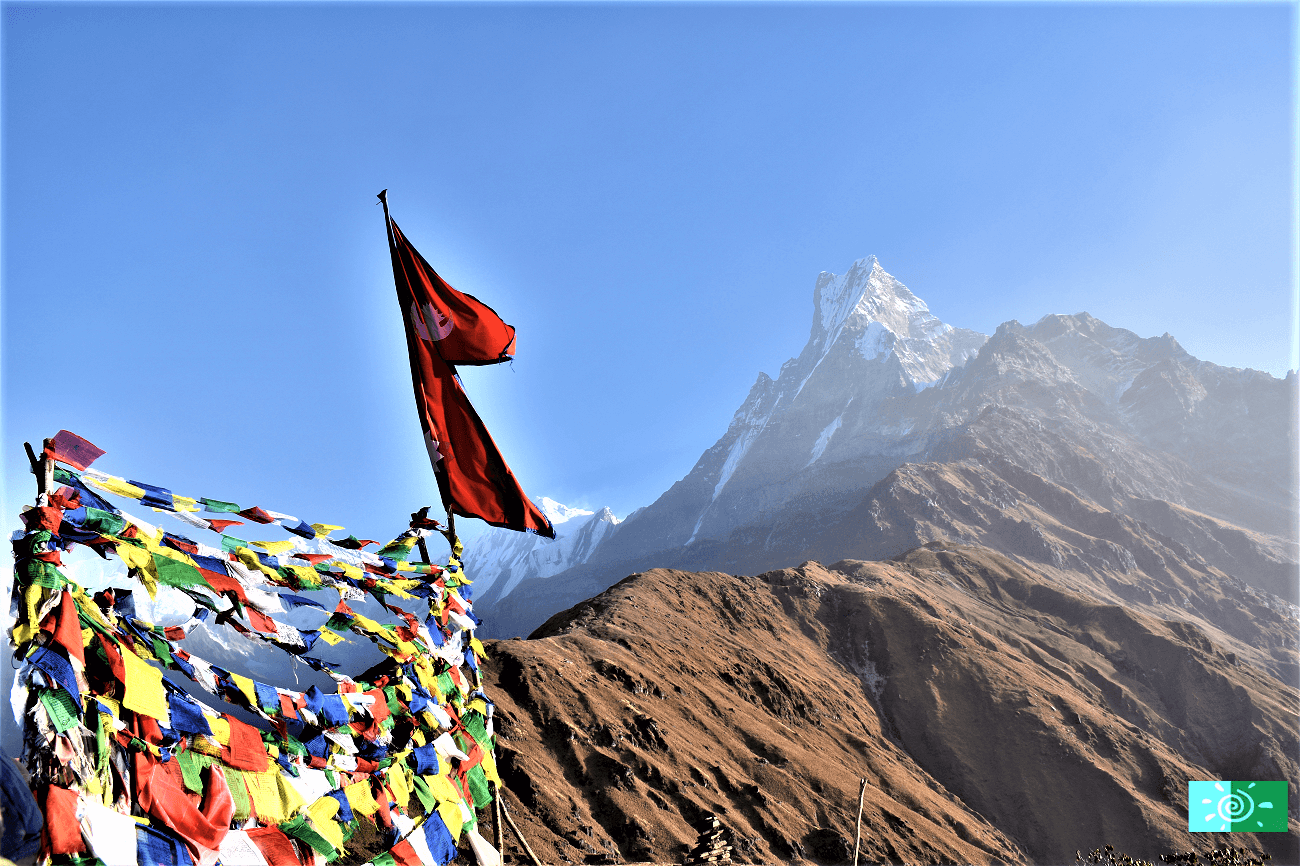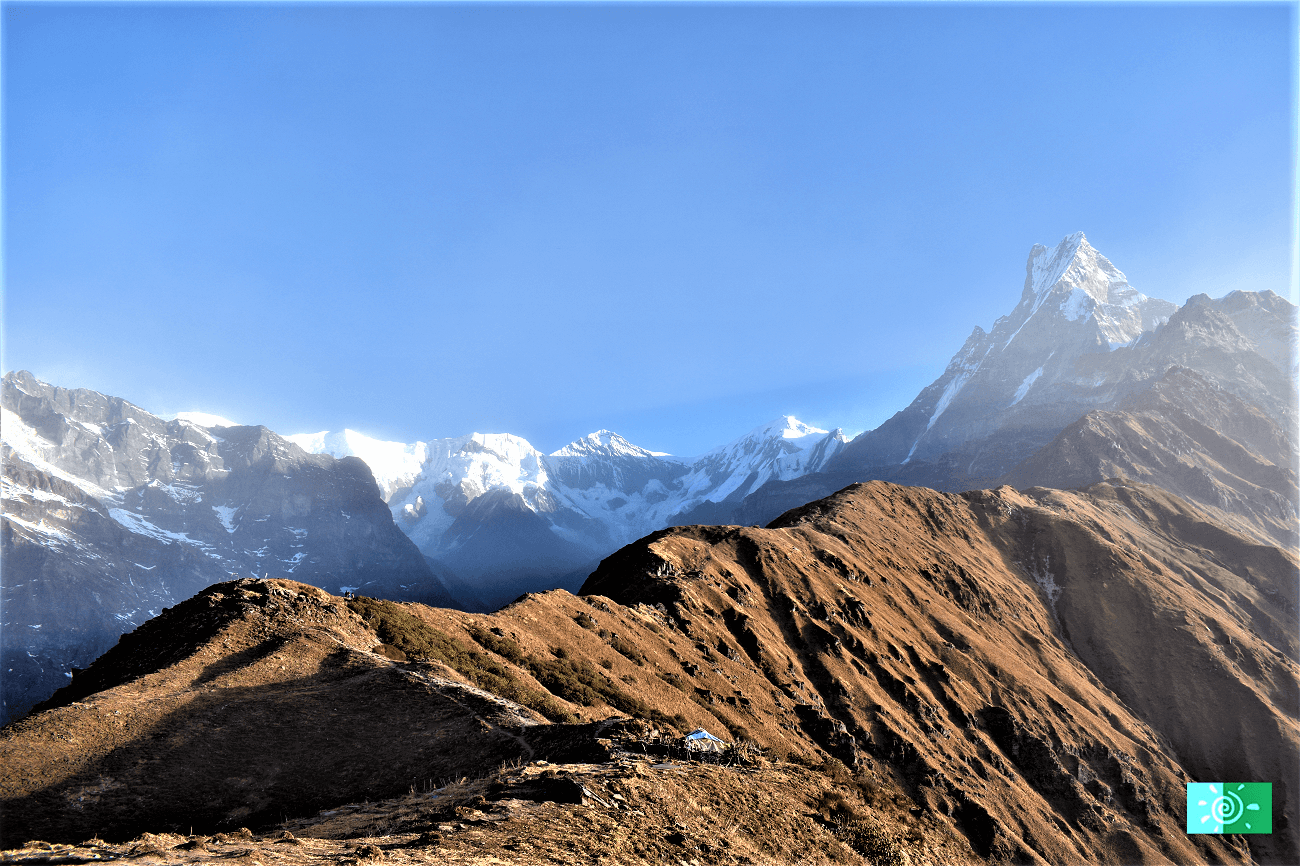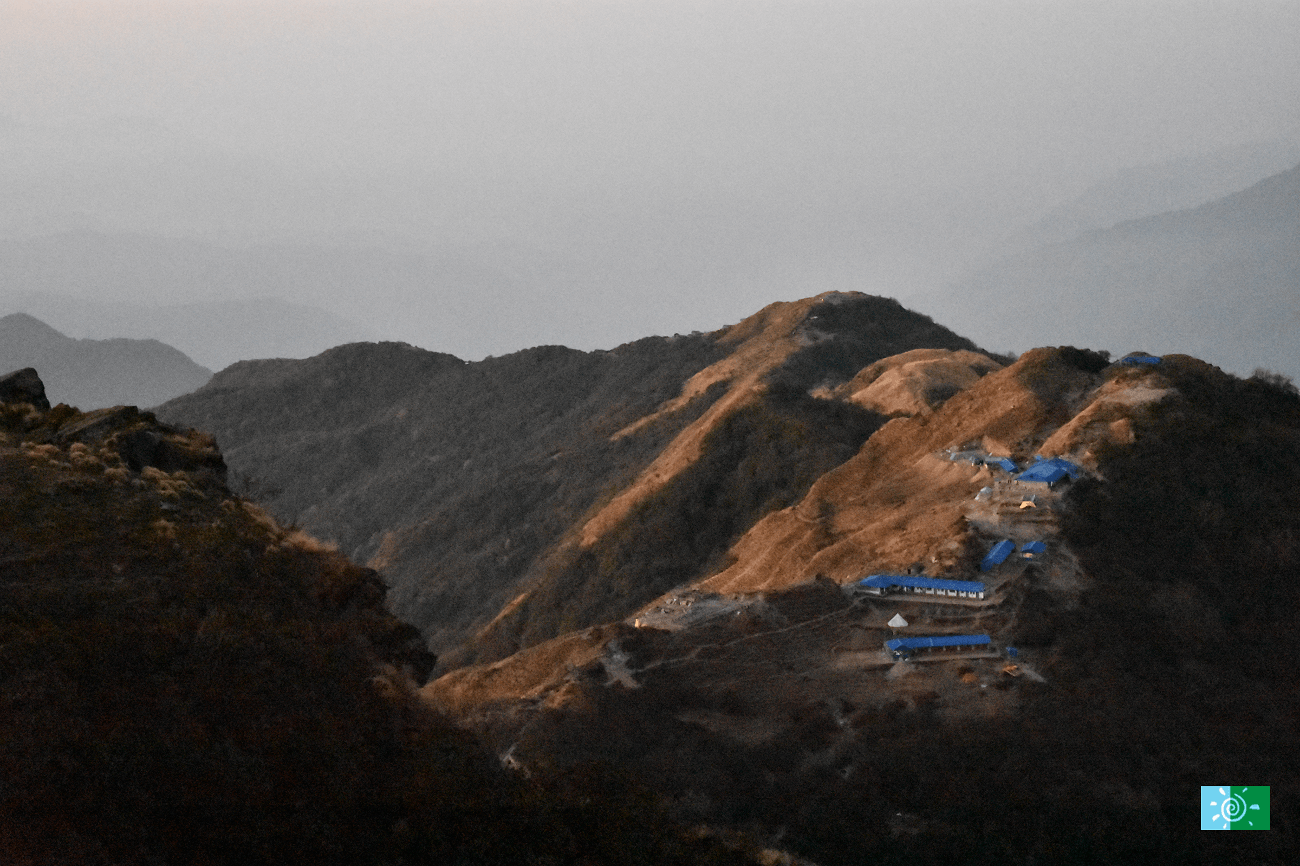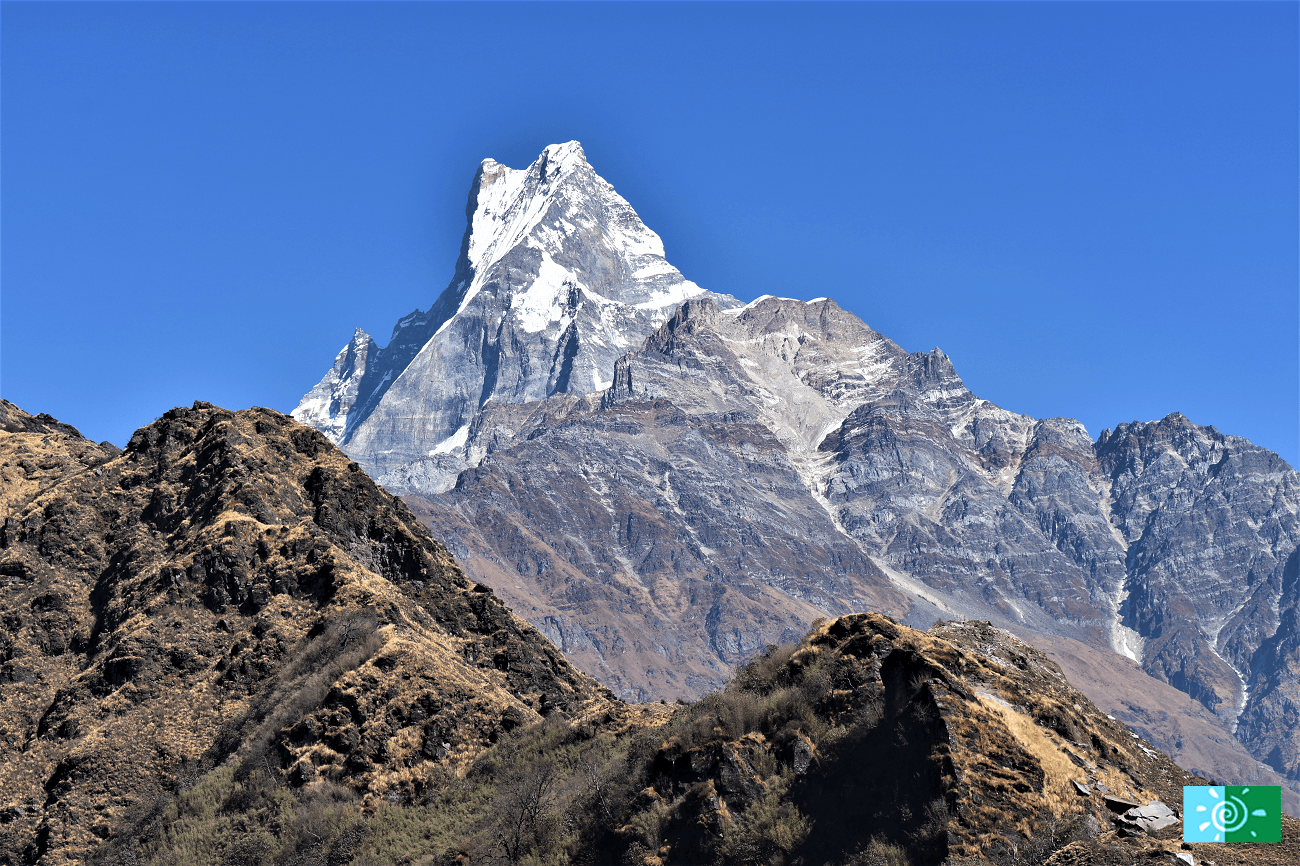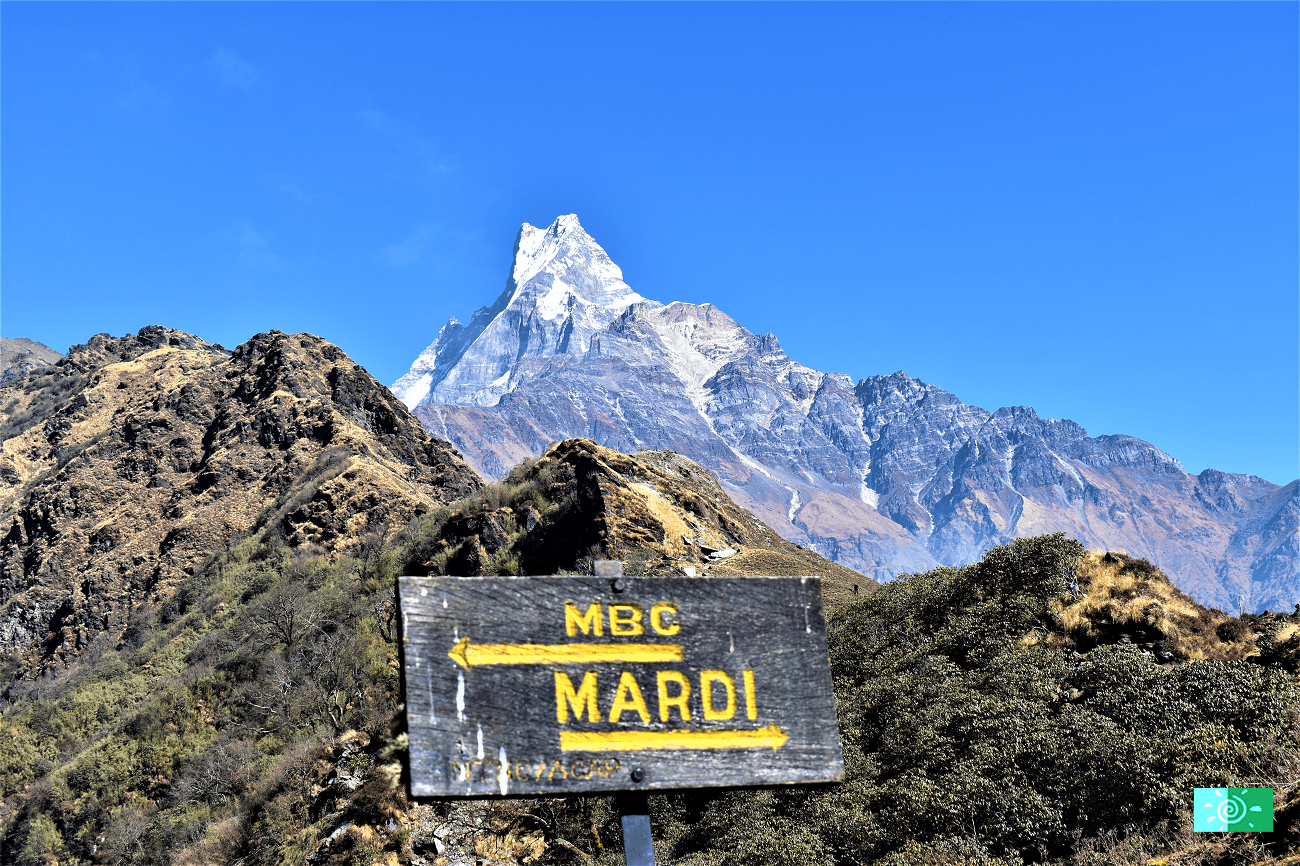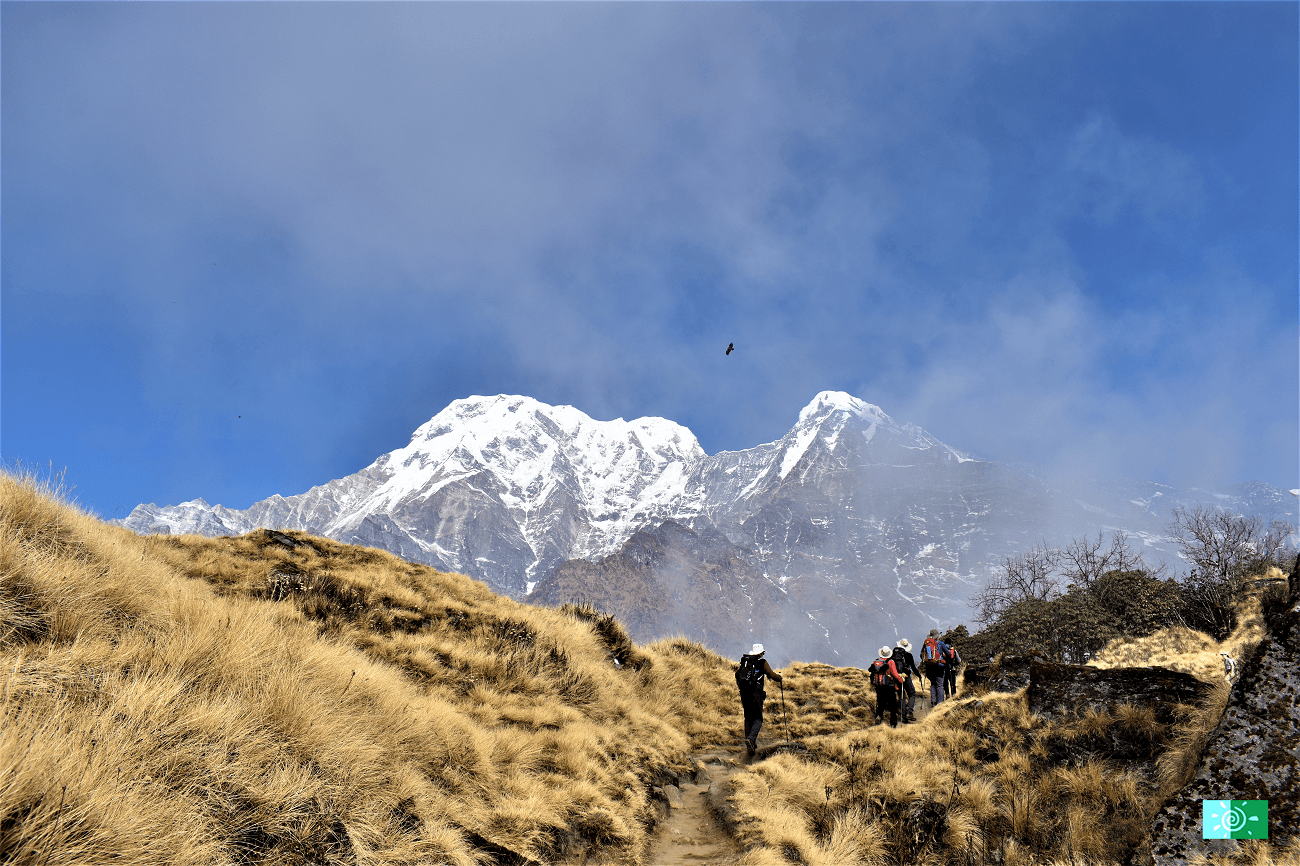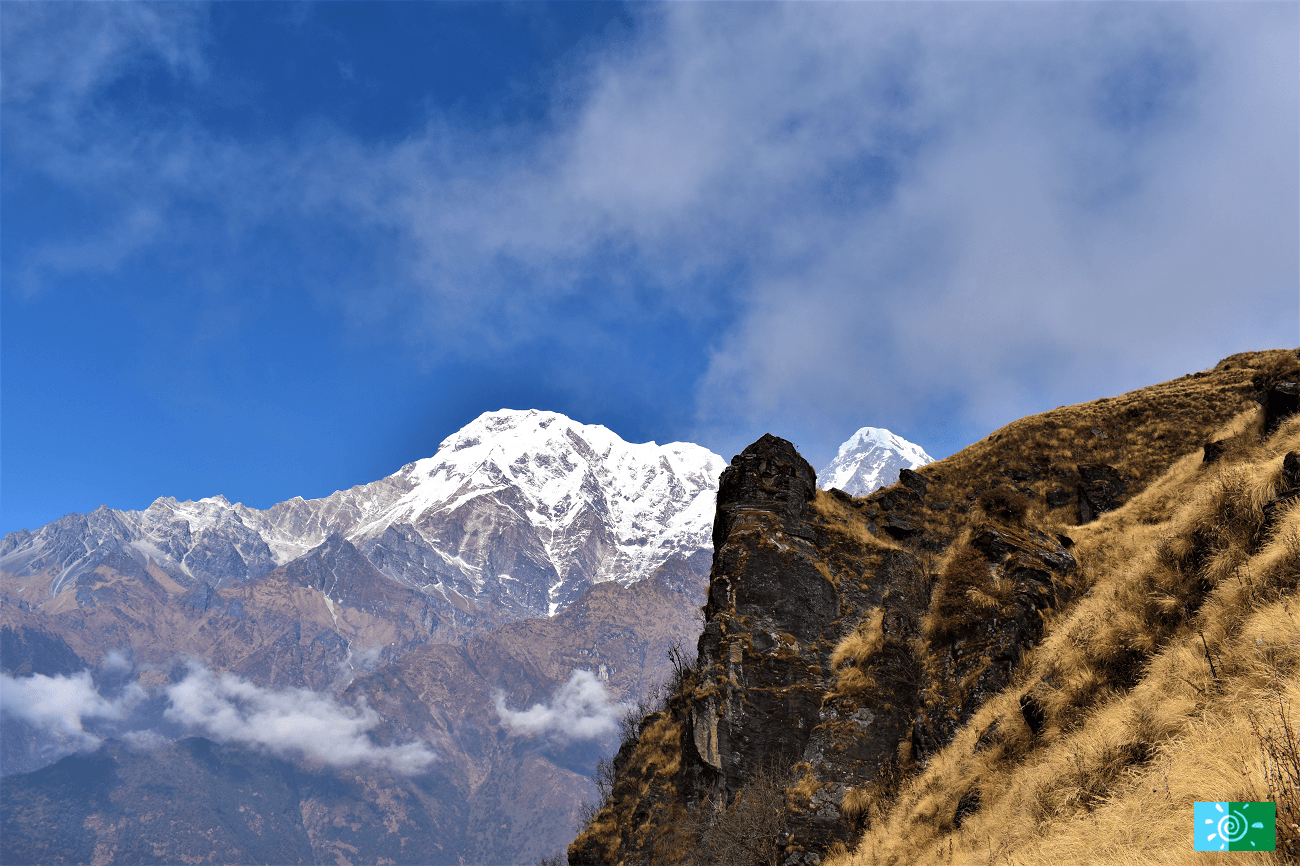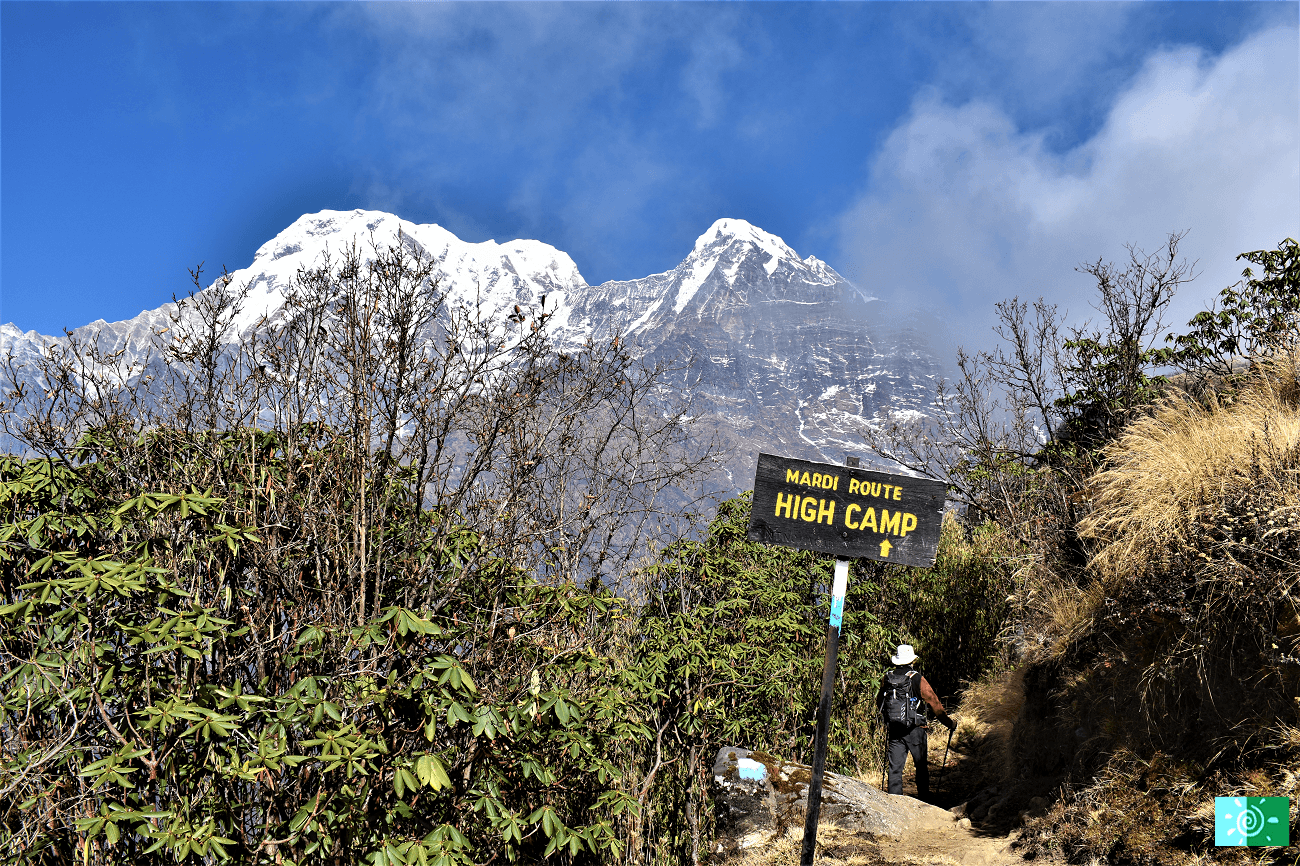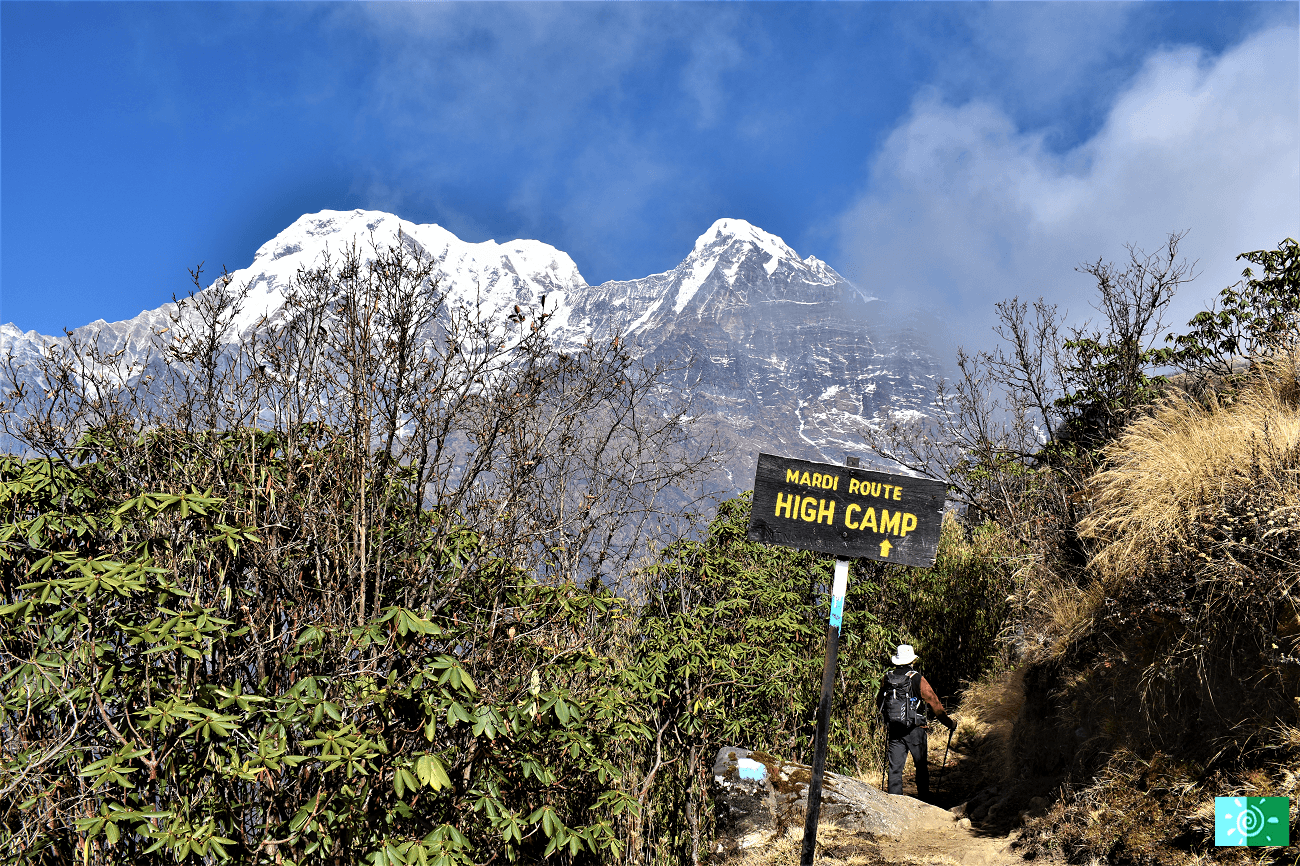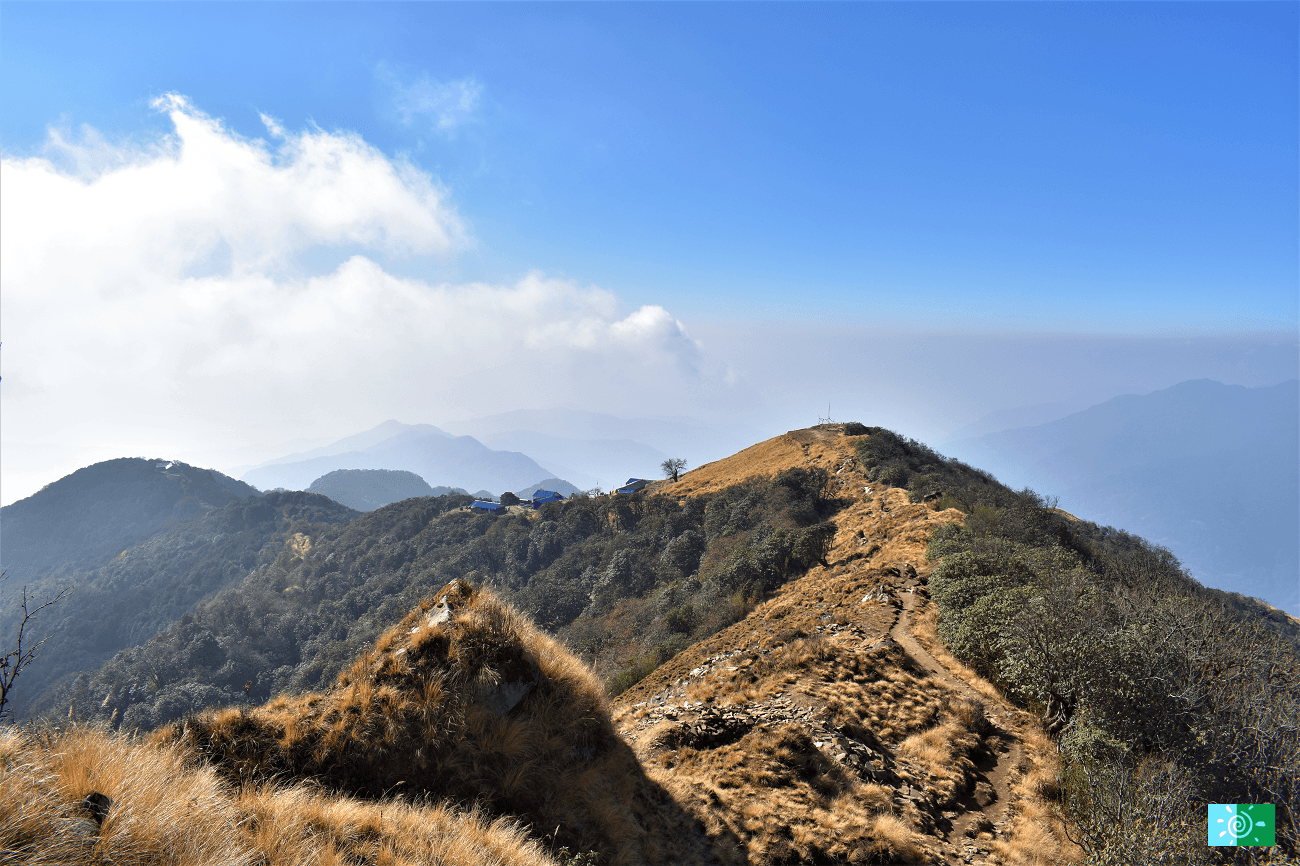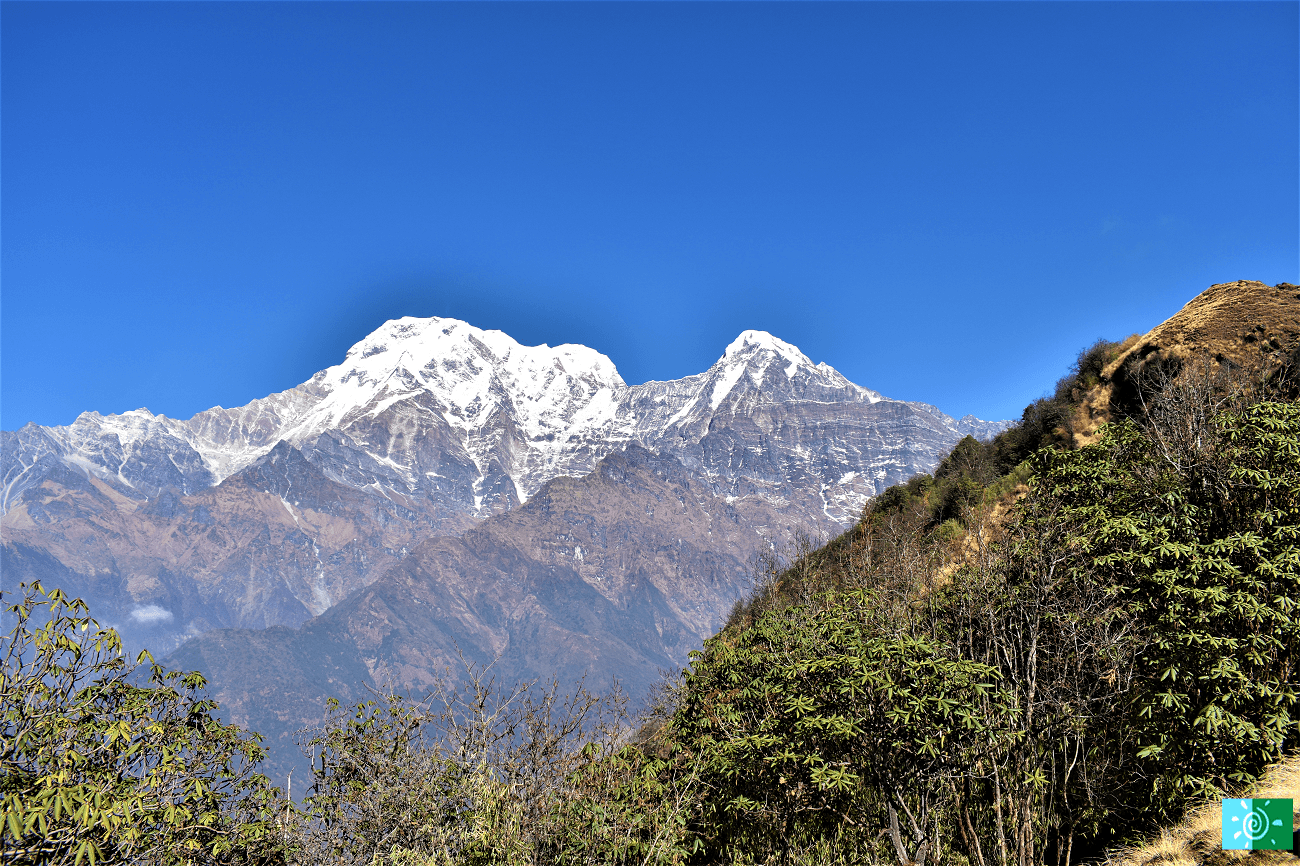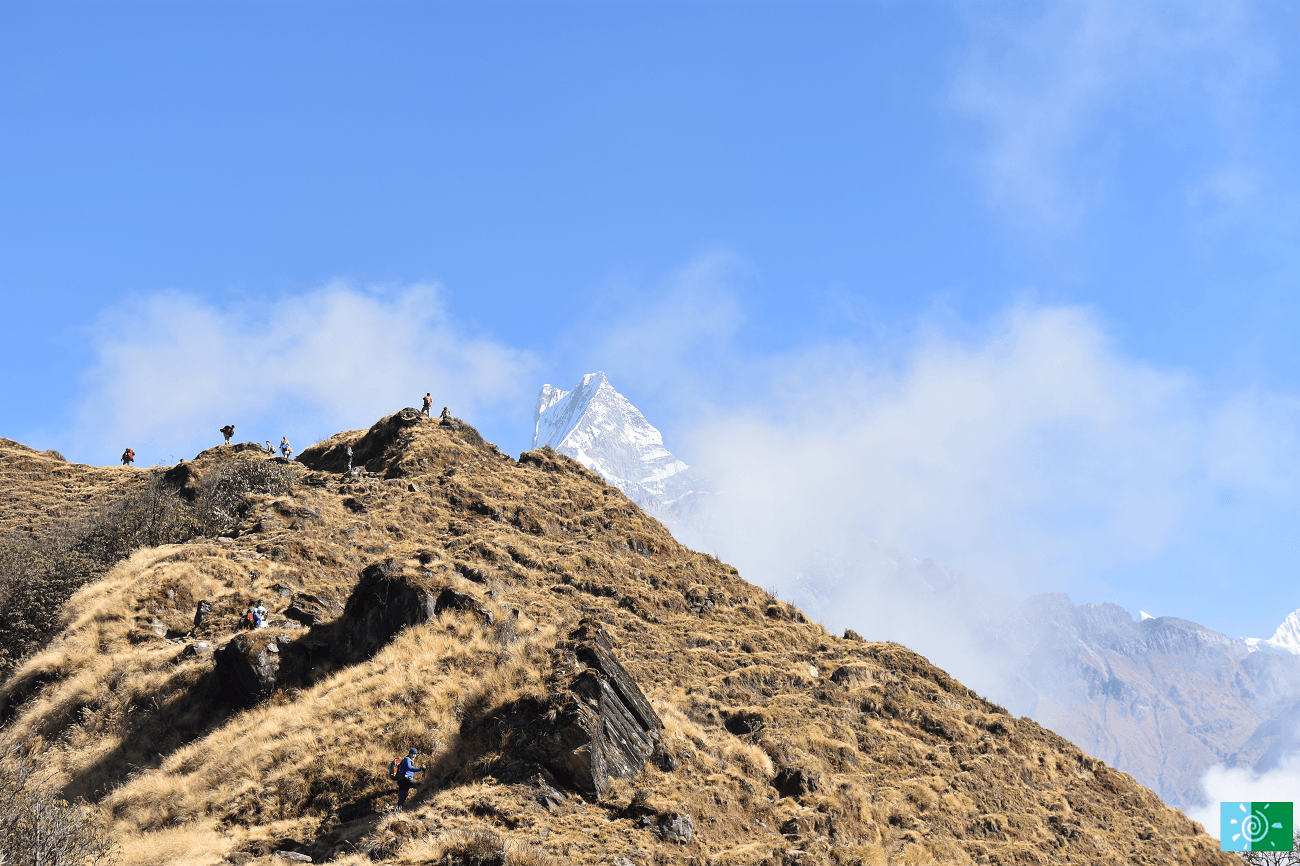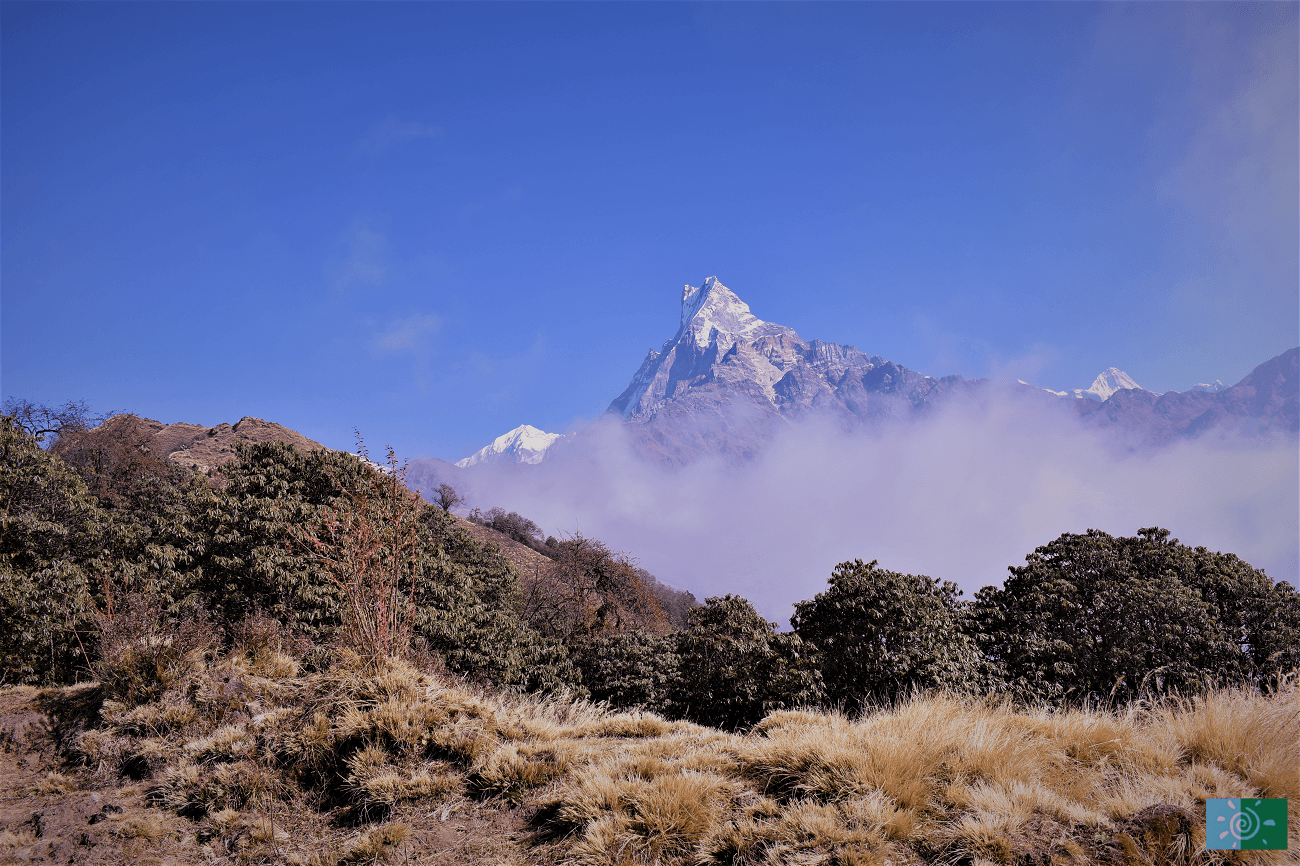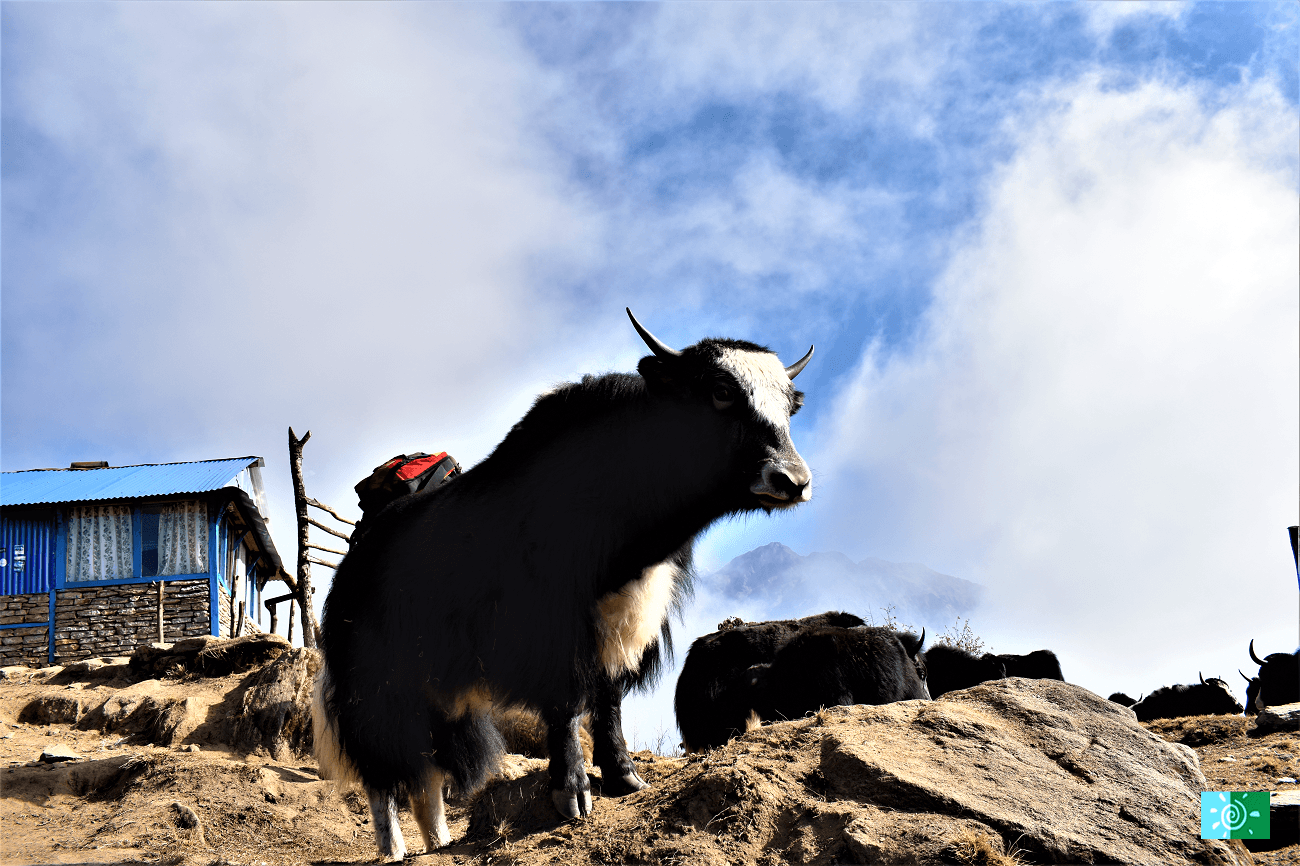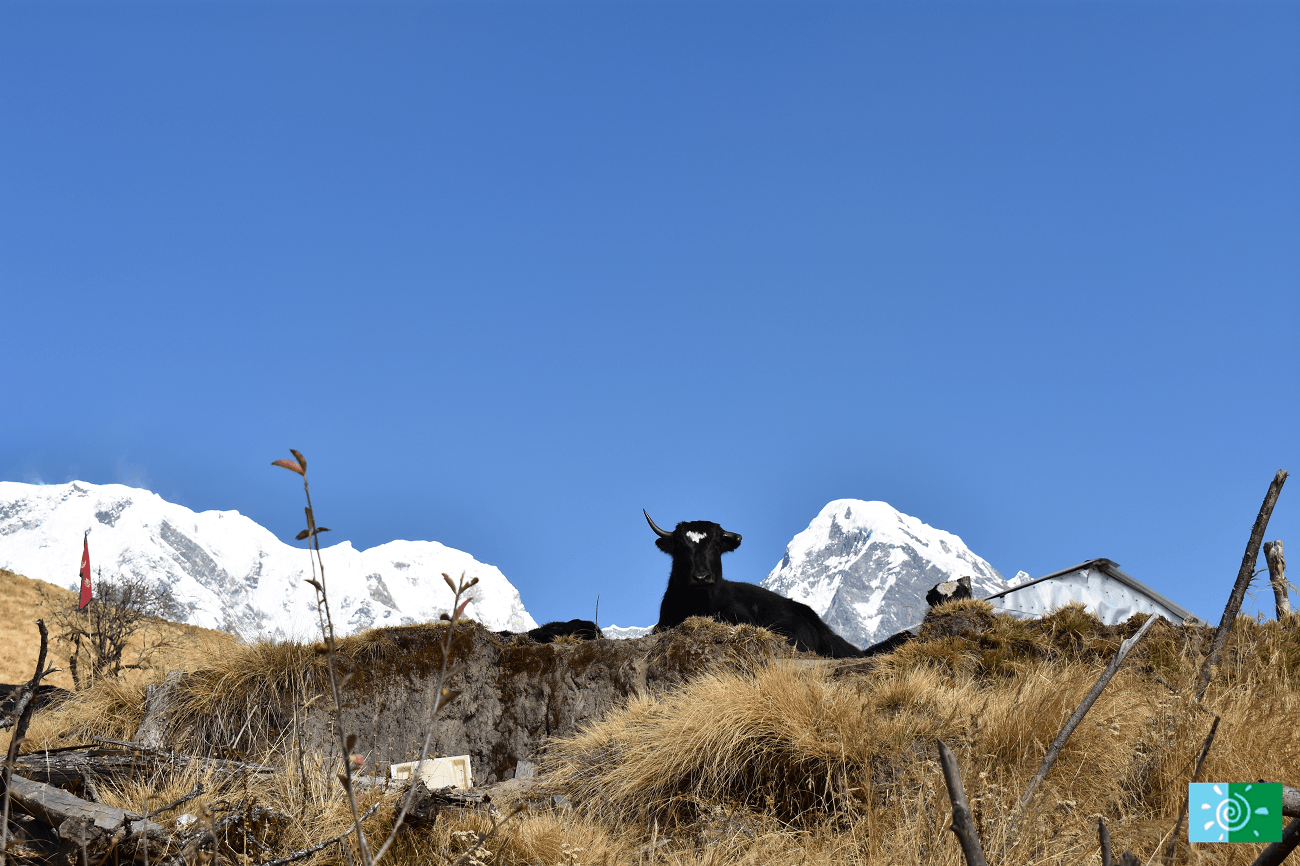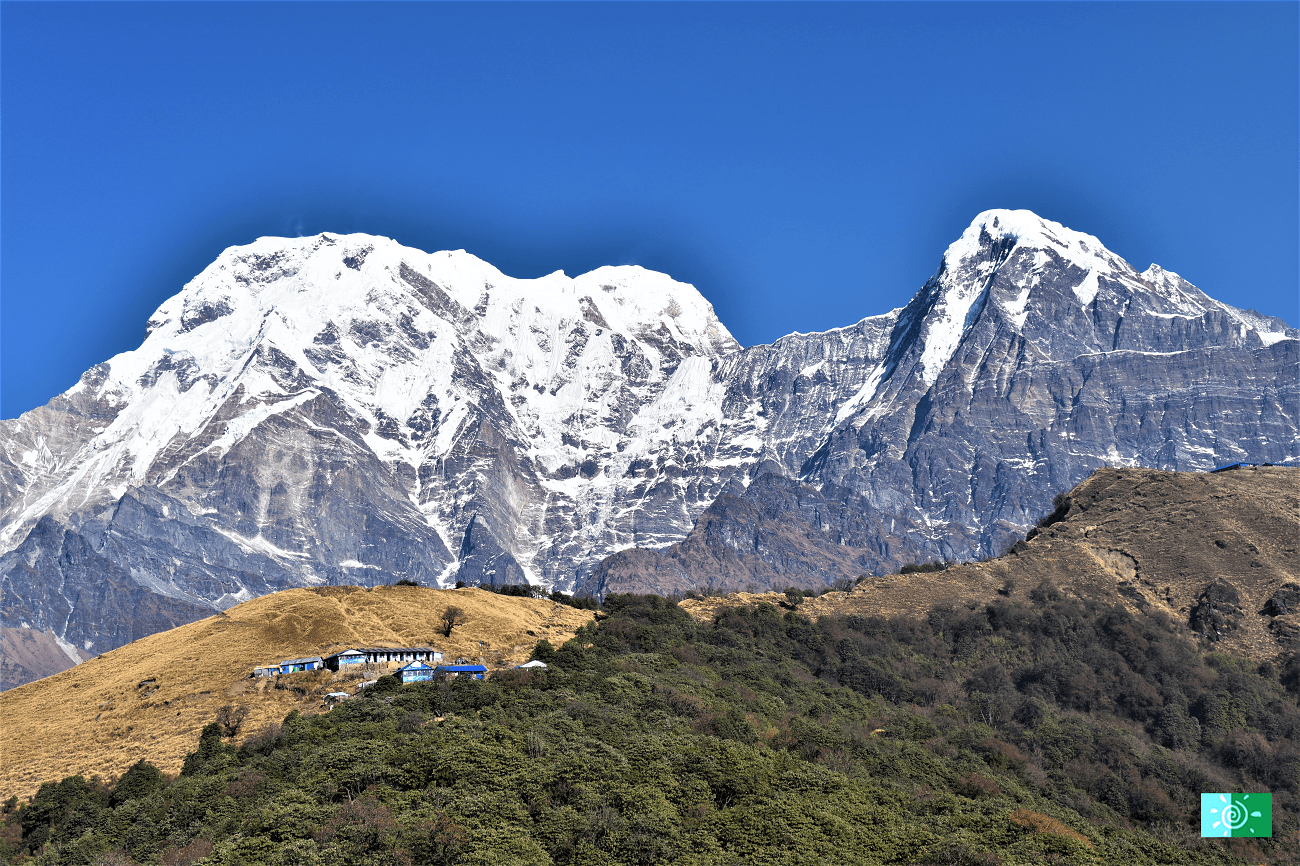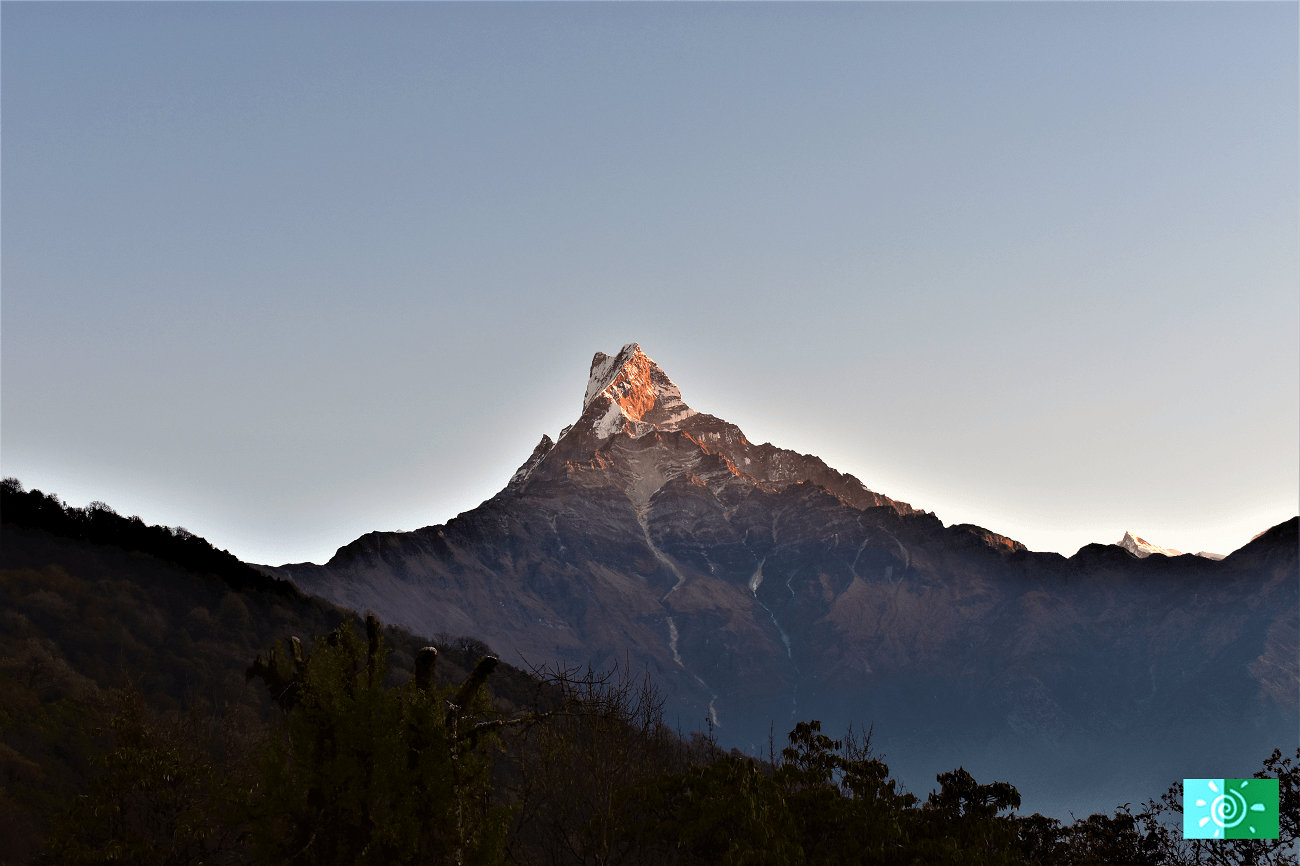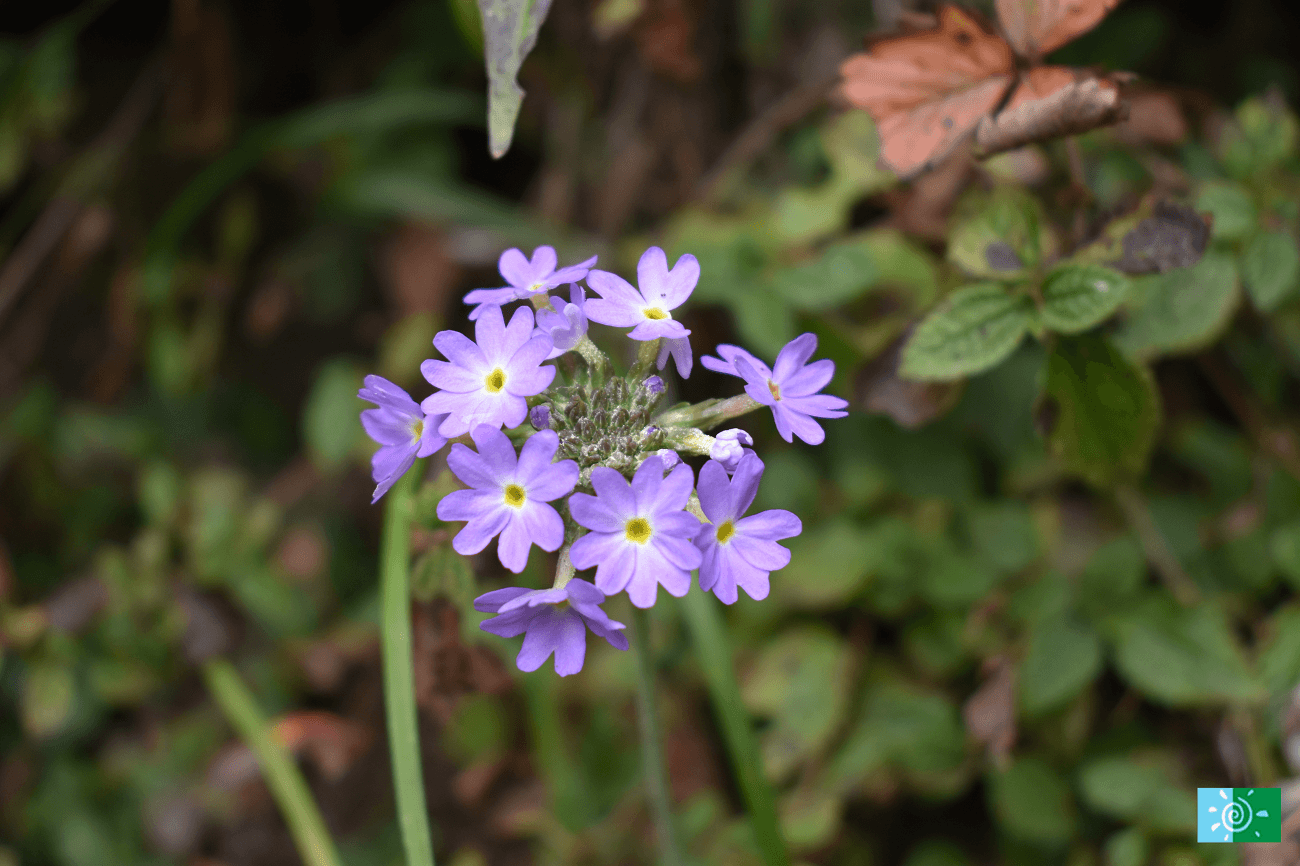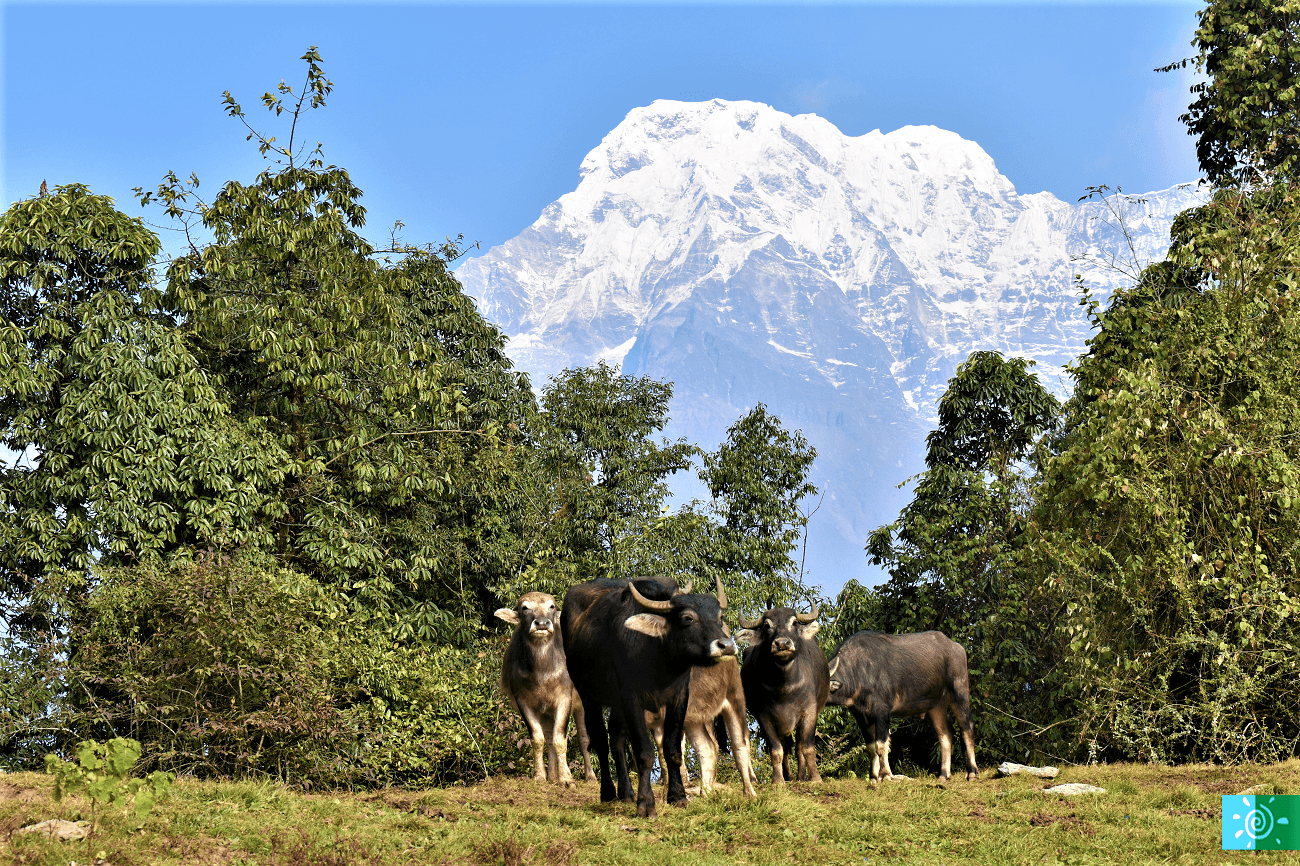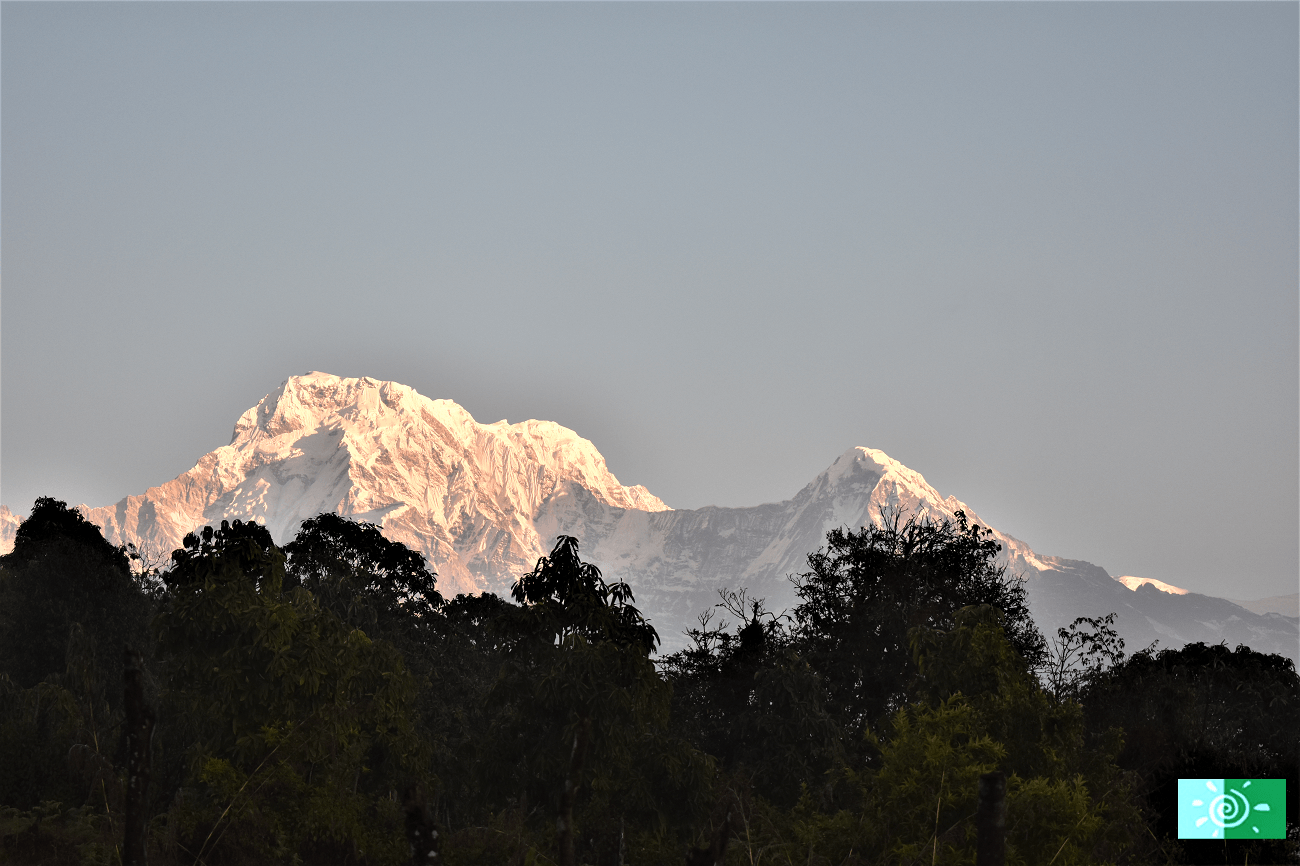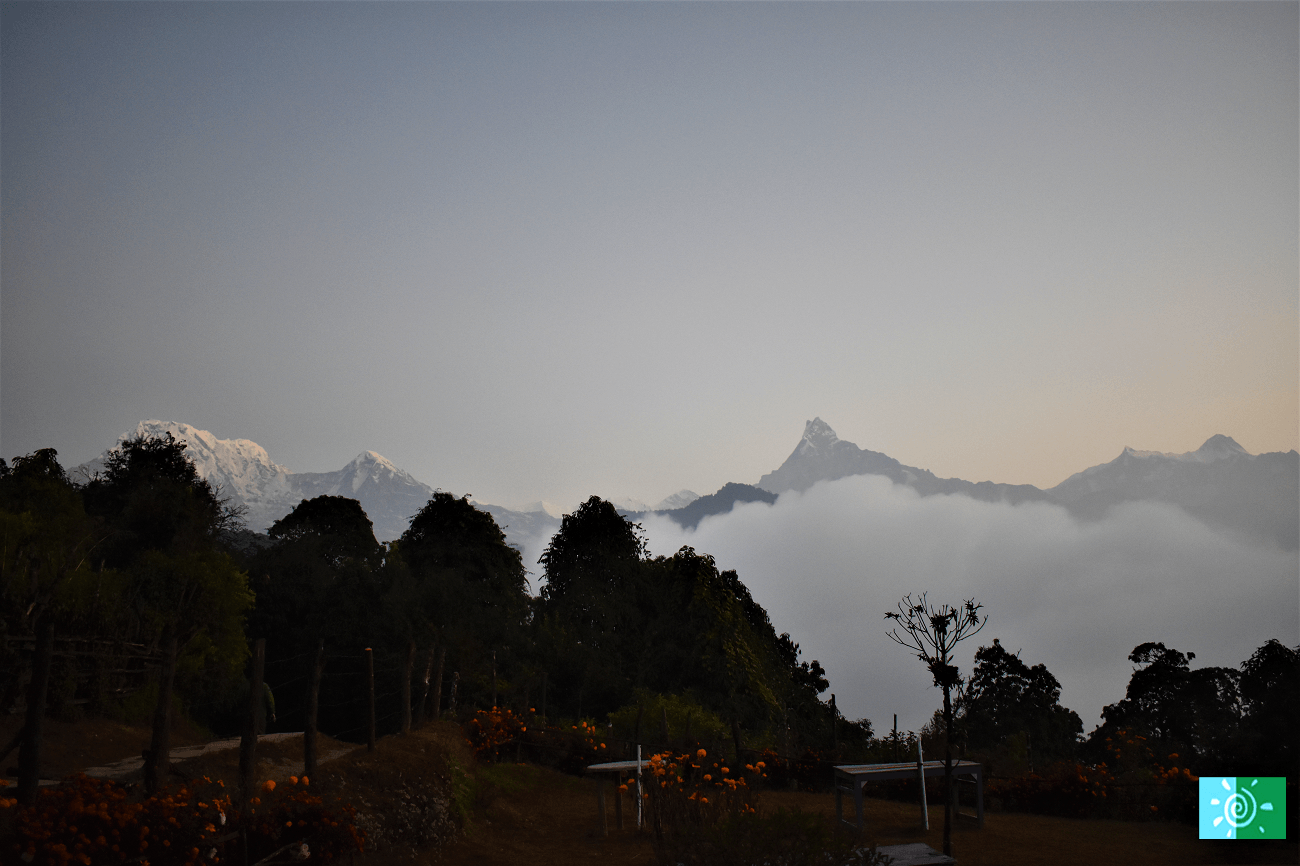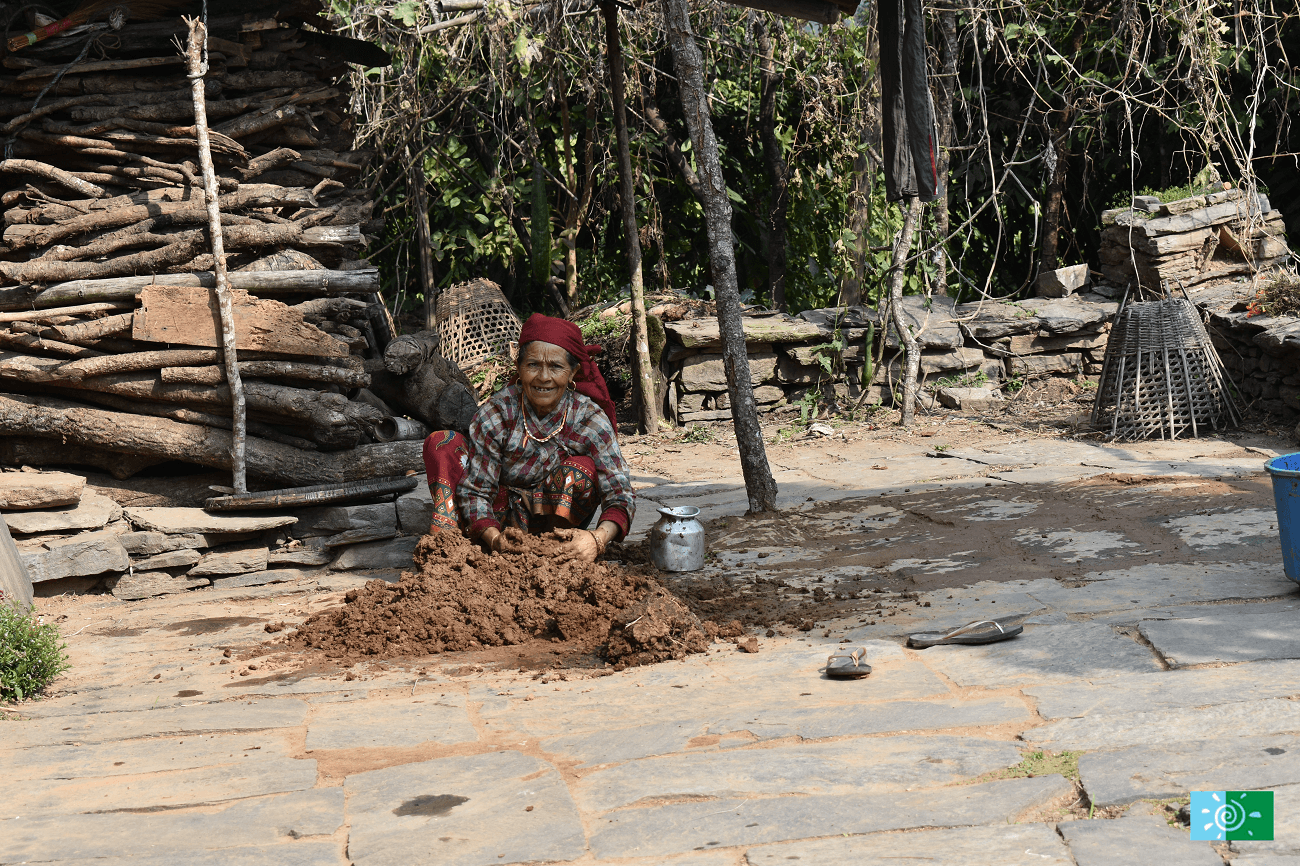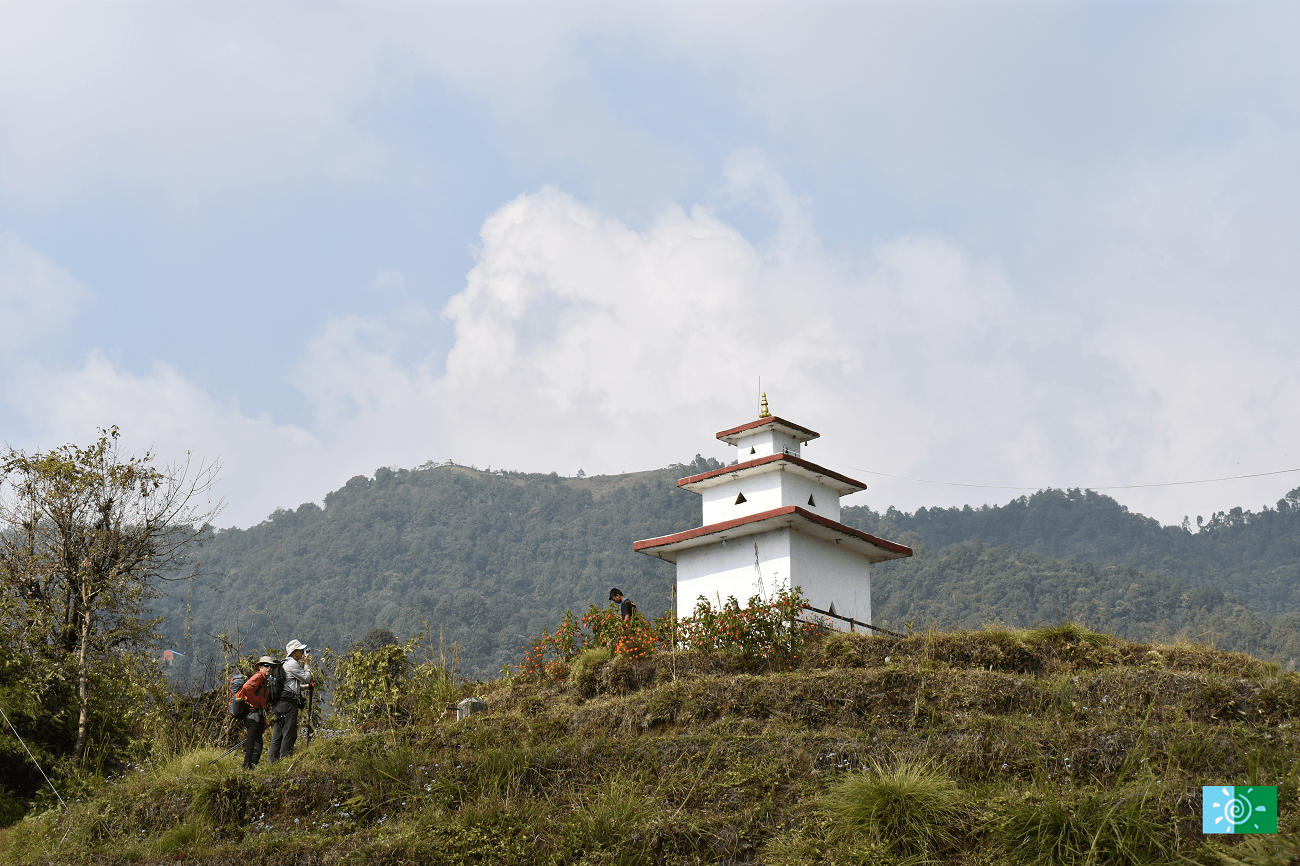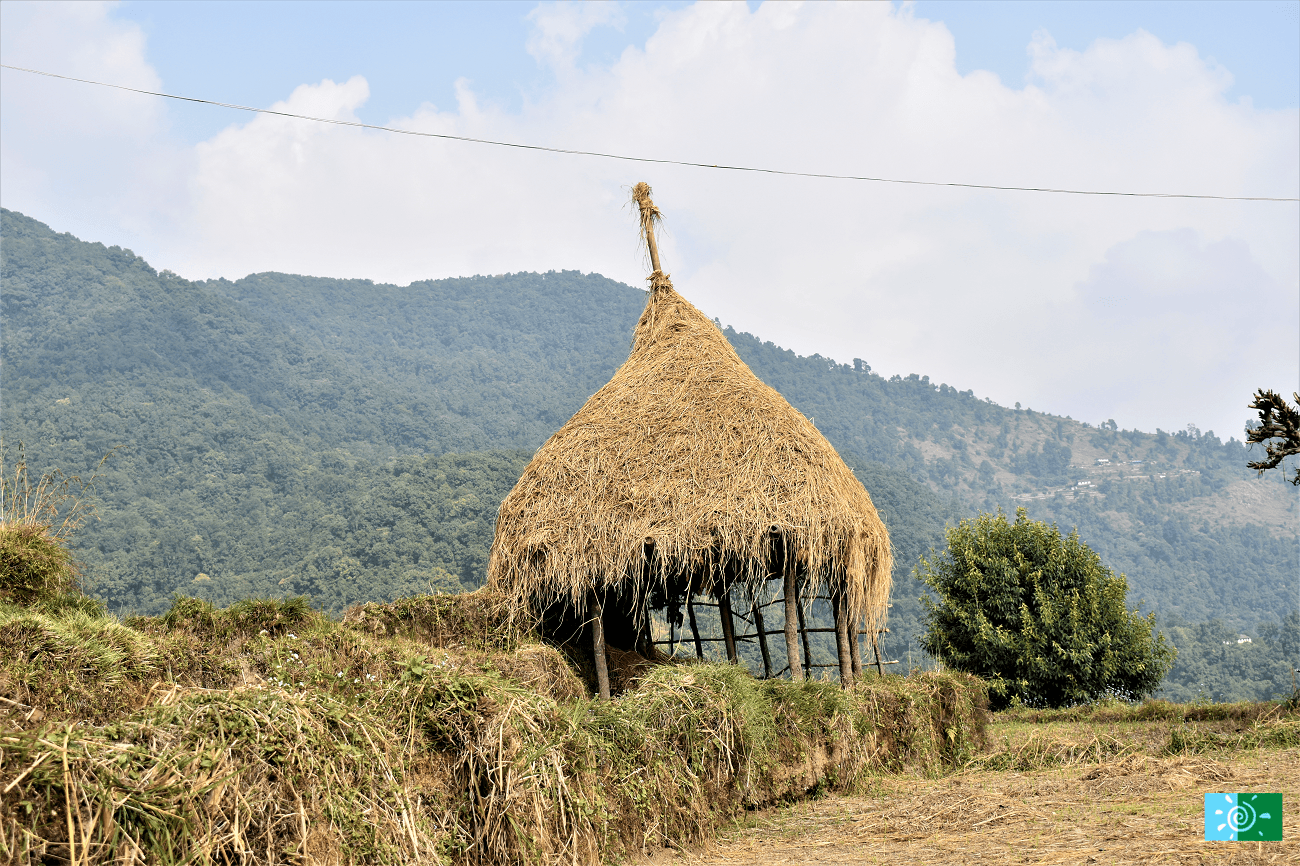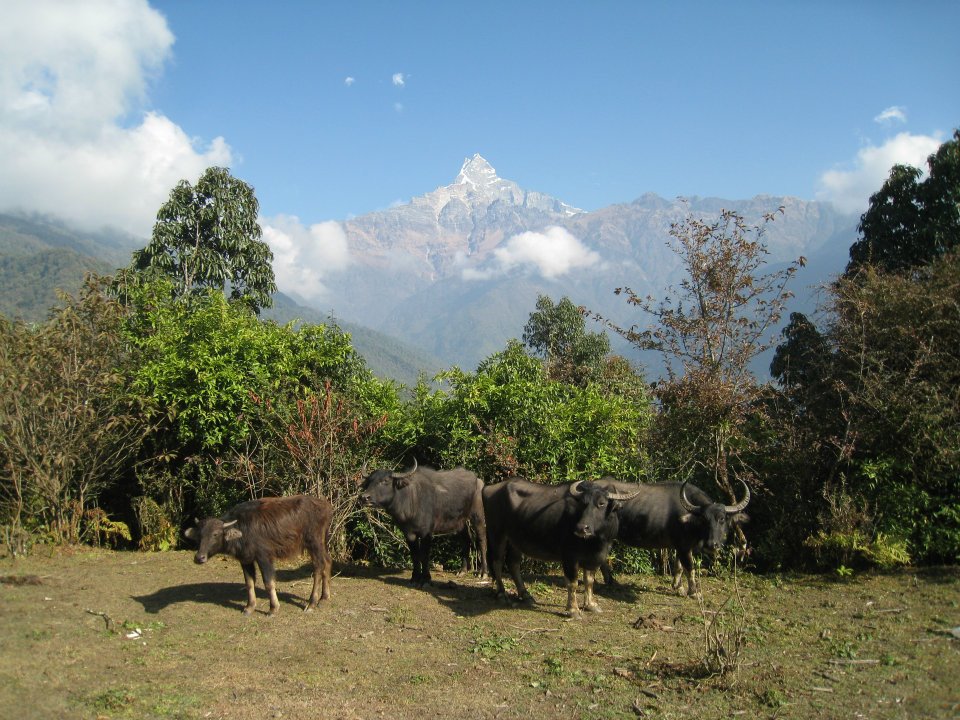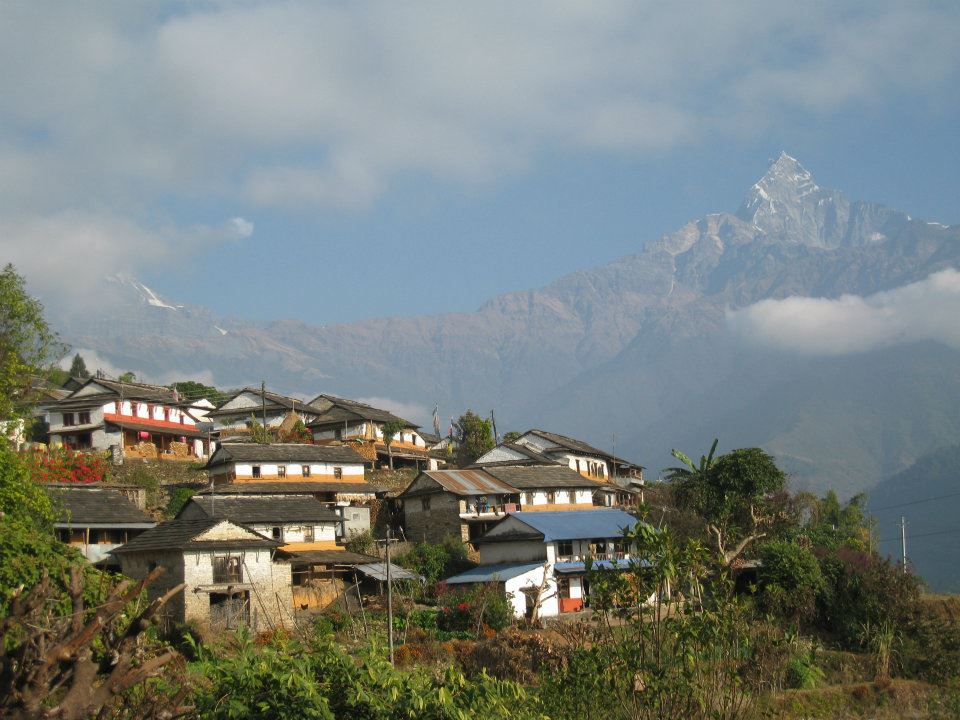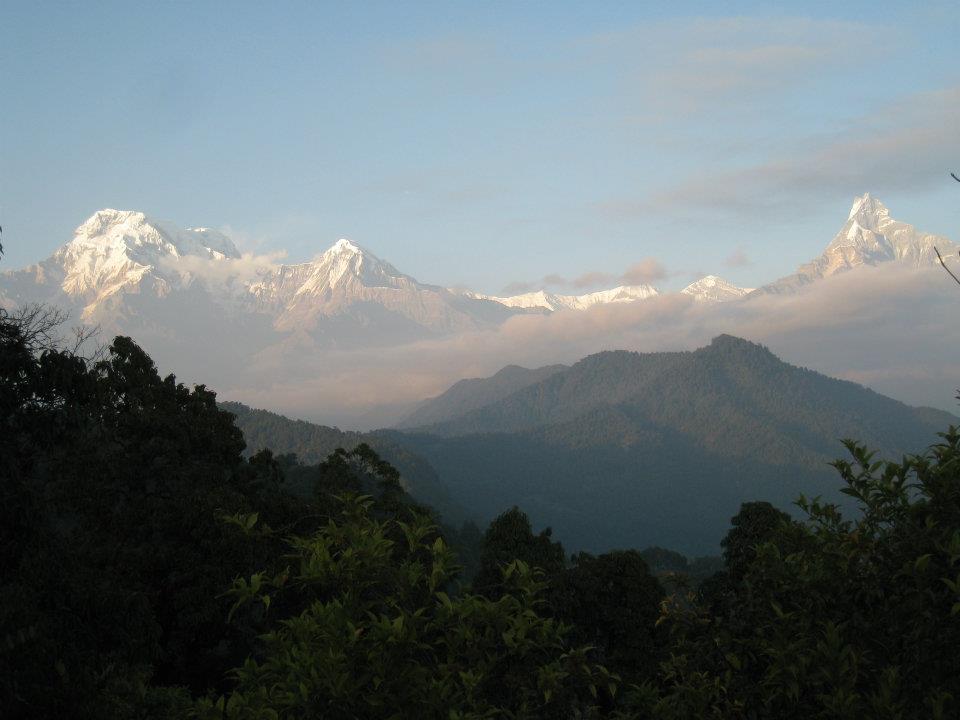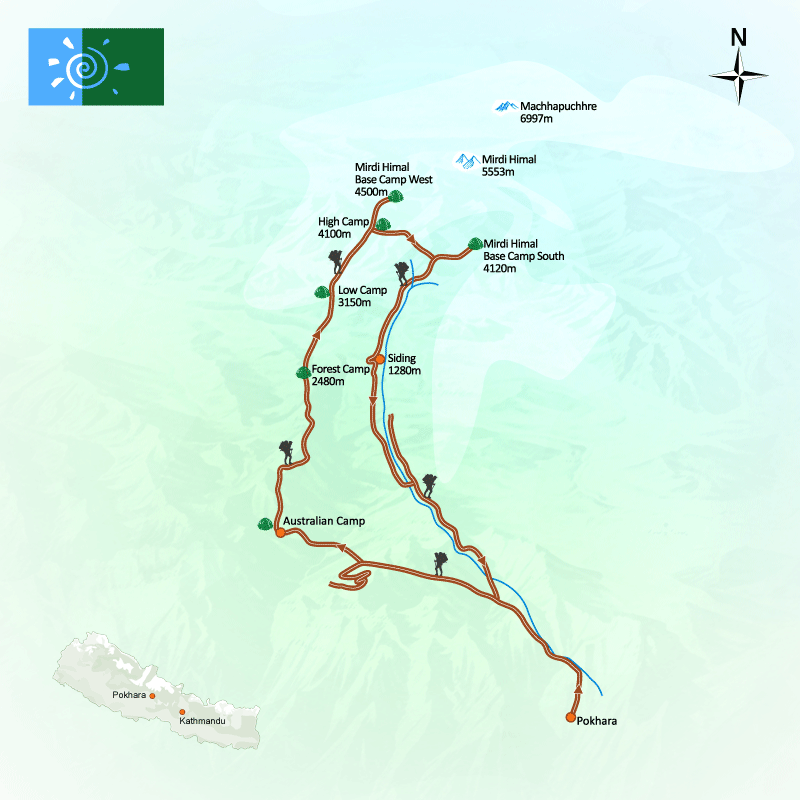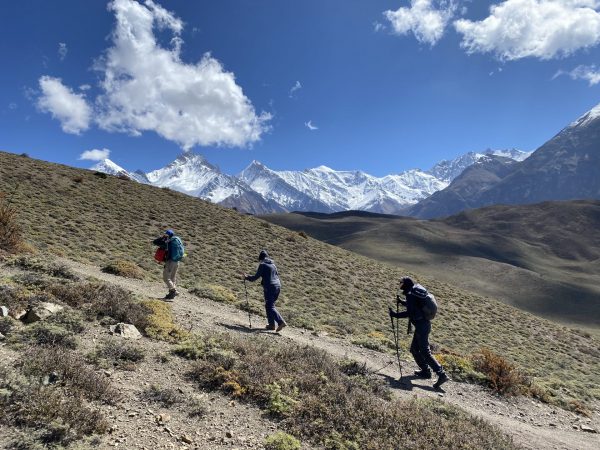Trip Facts
Trip Overview
Discover the Mardi Himal Trek in Nepal’s Stunning Annapurna Region
The Mardi Himal Trek is one of Nepal’s best-kept secrets, perfect for travelers seeking a peaceful, off the beaten path adventure. Nestled in the Annapurna region, this trek offers panoramic mountain views, fewer crowds, and a rich cultural experience. East of the famous Annapurna Base Camp trail, the Mardi Himal Trek leads you to the base of Mardi Himal and the sacred Machhapuchhre, also known as Fishtail Mountain.
Before 2012, only yak herders and campers could access the Mardi Himal area. Since the trail officially opened, small teahouses and family run lodges have made the Mardi Himal Trek more comfortable and accessible. Yet, the trek still retains its wild, untouched character.
On the Mardi Himal Trek, you’ll hike through dense rhododendron forests, high ridges, and remote alpine pastures. The views are breathtaking, with clear sights of Annapurna South, Hiunchuli, Gangapurna, and Machhapuchhre. The trek culminates at Mardi Himal View Point, 4,200 meters above sea level, where you’ll experience the Himalayas up close.
The Mardi Himal Trek is more than a scenic hike, it offers an authentic glimpse into Nepali mountain life. You’ll pass through traditional Gurung and Magar villages, where warm hospitality is part of daily life. Staying in locally run teahouses adds a cultural and personal touch to your journey. Each day of the Mardi Himal Trek brings new interactions, from sharing meals to hearing local stories by the fire, creating an unforgettable Himalayan adventure.
Best Time to Experience Mardi Himal Trek
Spring (March to May) is one of the ideal time for the Mardi Himal Trek. Daytime temperatures range from 10 to 20°C (50 to 68°F) at lower altitudes and 5 to 10°C (41 to 50°F) higher up. Nights at base camp can drop to −5°C (23°F). Spring also brings blooming rhododendrons and crystal-clear Himalayan views along the Mardi Himal Trek.
Autumn (September to November) offers ideal conditions for the Mardi Himal Trek. Daytime temperatures range from 10 to 18°C (50 to 64°F), with nights around −5°C (23°F) at higher camps. Dry air, crisp weather, and breathtaking mountain panoramas make the Mardi Himal Trek unforgettable.
Winter (December to February) is quieter and colder on the Mardi Himal Trek. Daytime temperatures range between 0 and 10°C (32 to 50°F), and nights at higher altitudes may drop to −10°C (14°F).
Monsoon (June to August) is less suitable for the Mardi Himal Trek. Heavy rainfall, fog, muddy trails, and leeches make trekking more challenging and less enjoyable.
Selecting the right season ensures safe trails, excellent visibility, and comfortable temperatures for a remarkable Mardi Himal Trek adventure.
Mardi Himal Trek Difficulty and Fitness
The Mardi Himal Trek is a moderate-level trek, making it ideal for beginners, solo travelers, families, and school groups. Each day, you will hike 4 to 6 hours across varied terrain, including forest trails, stone steps, and mountain ridges.
The trek’s highest point is the Mardi Himal View Point, at approximately 4,200 meters (13,779 feet). While no technical climbing or specialized equipment is required, proper trekking gear is essential. Building basic fitness through regular cardio, walking, or light strength training will prepare most trekkers to complete the Mardi Himal Trek comfortably.
Mental preparation is equally important for the Mardi Himal Trek. Himalayan trekking presents unpredictable weather, long hiking days, and physical challenges. Maintaining a positive mindset, patience, and flexibility will enhance your experience and help you overcome obstacles.
A calm and focused mind, combined with good physical condition, ensures a safe, rewarding, and unforgettable Mardi Himal Trek journey.
Why Choose Nepal Sanctuary Treks for Your Mardi Himal Trek?
With Nepal Sanctuary Treks, your Mardi Himal Trek is fully customized to match your preferences, fitness level, and travel style. As a Travelife Certified company, we prioritize sustainable tourism and actively support local communities through eco-friendly practices and partnerships.
We keep group sizes small to provide personalized service. Our expert guides focus on your comfort, safety, and cultural experiences throughout the Mardi Himal Trek.
Most nights are spent in simple, locally owned teahouses, offering an authentic Himalayan experience while immersing you in Nepali mountain culture.
Discover why travelers choose Nepal Sanctuary Treks for a memorable and safe Mardi Himal Trek adventure.
Note: The trekking hours, altitudes, and distances mentioned are approximate and meant for general guidance only.

